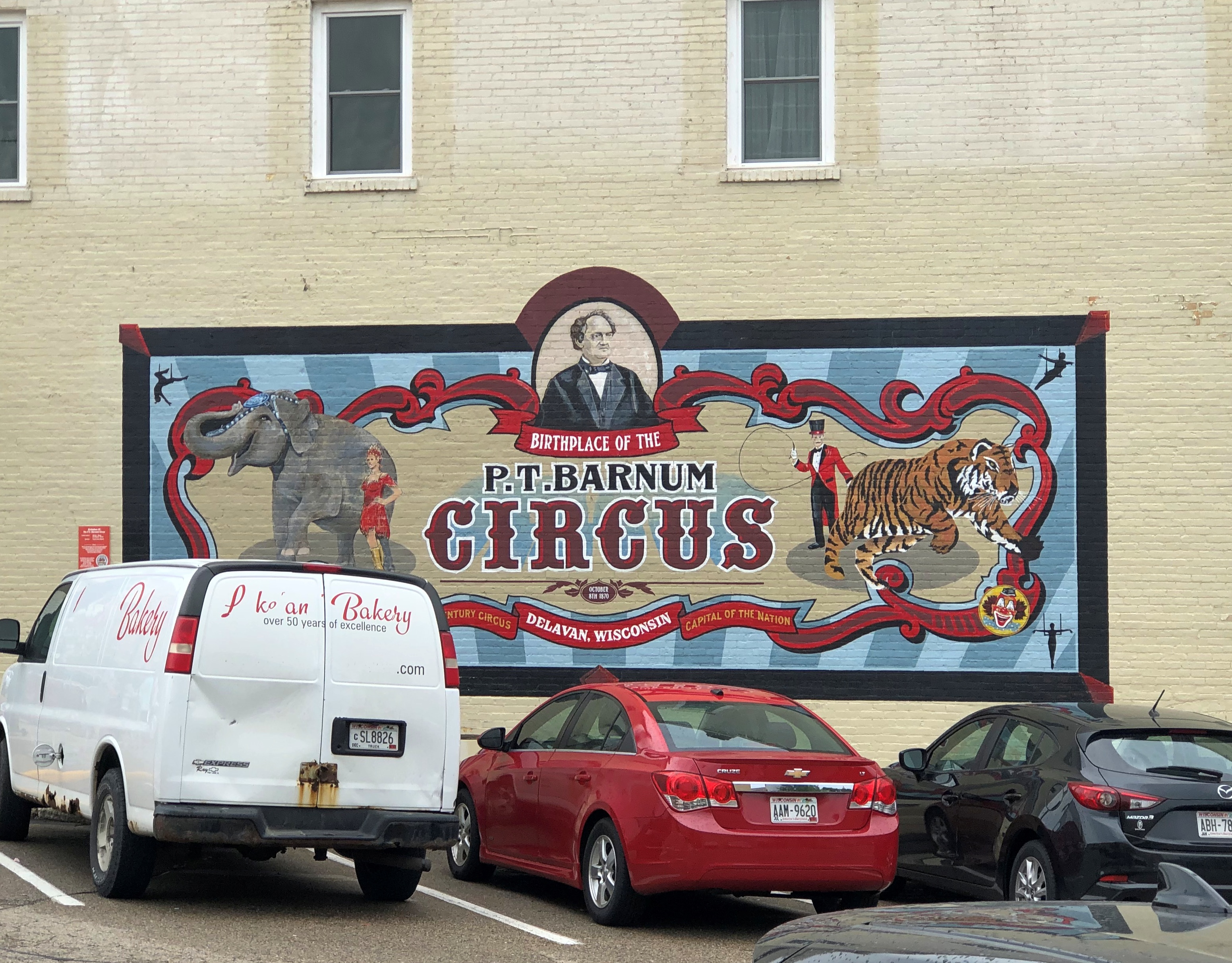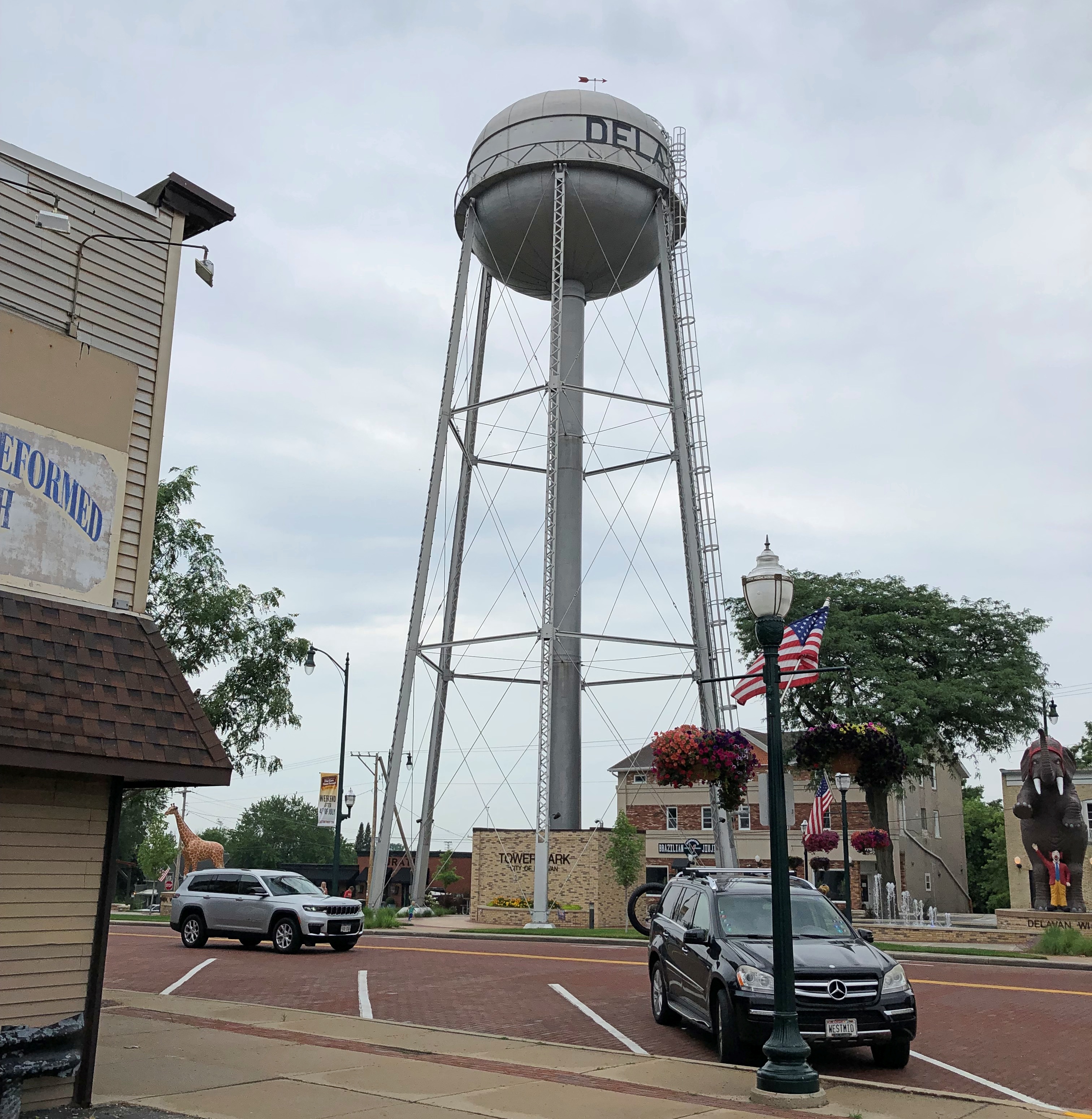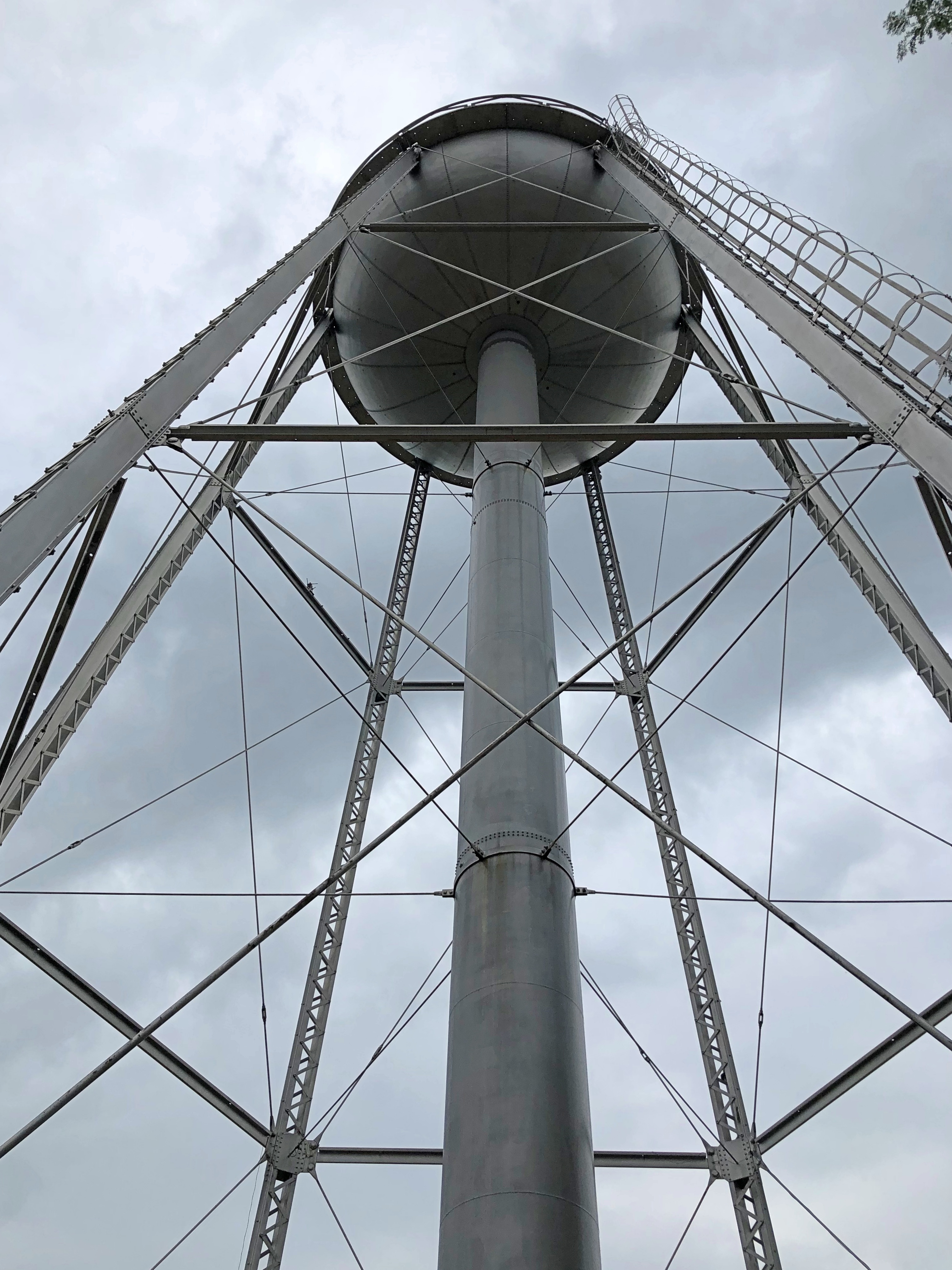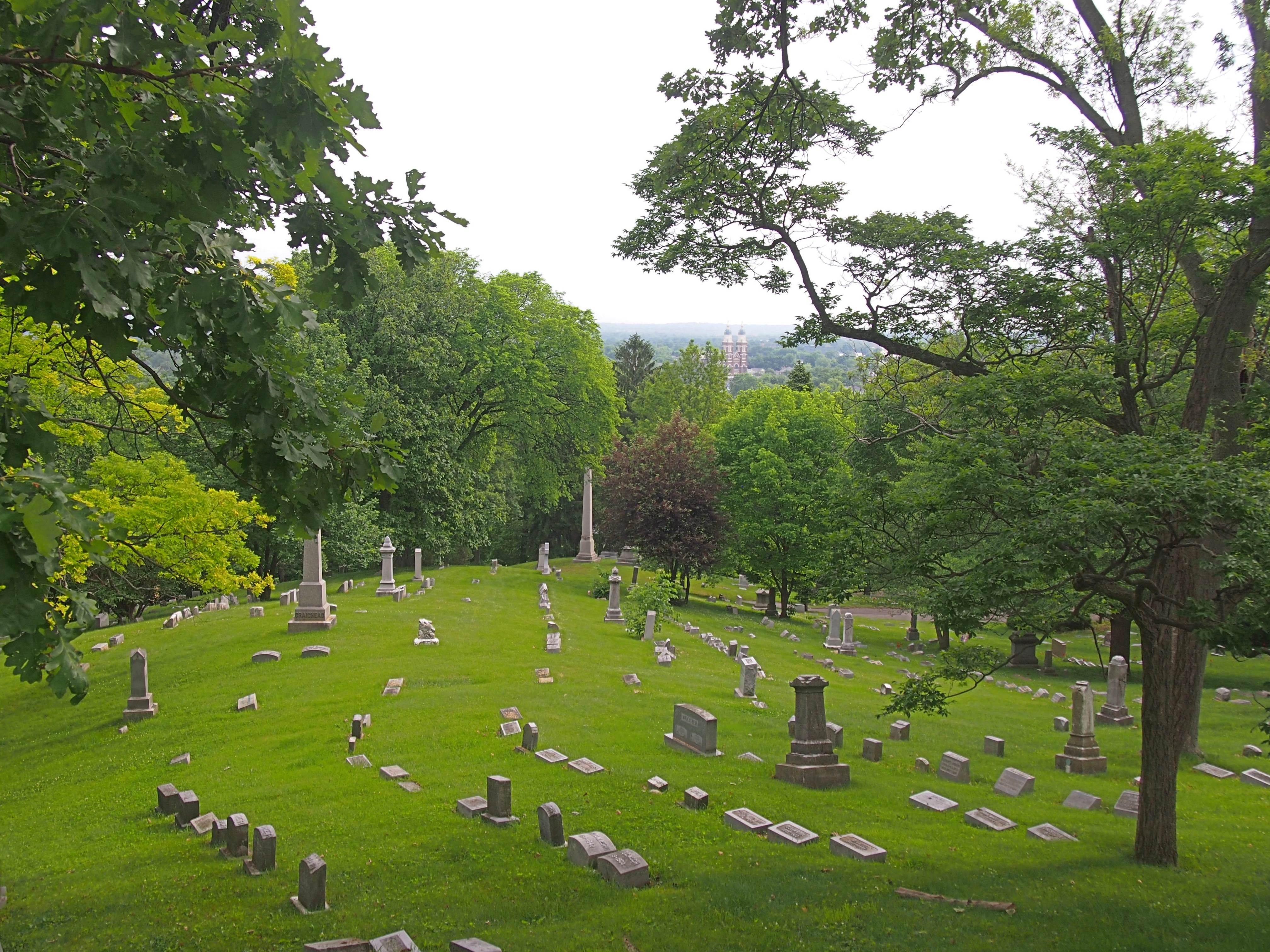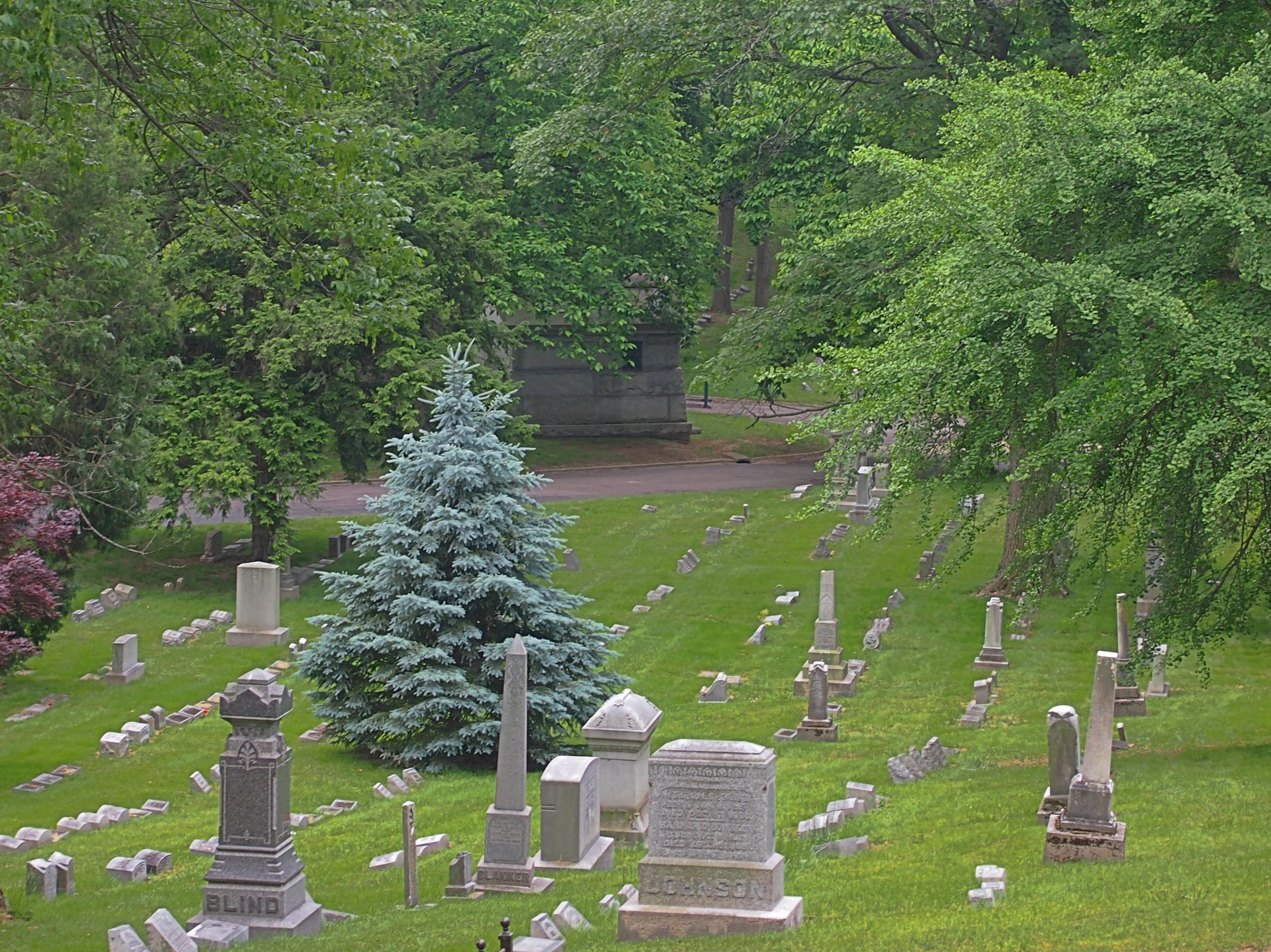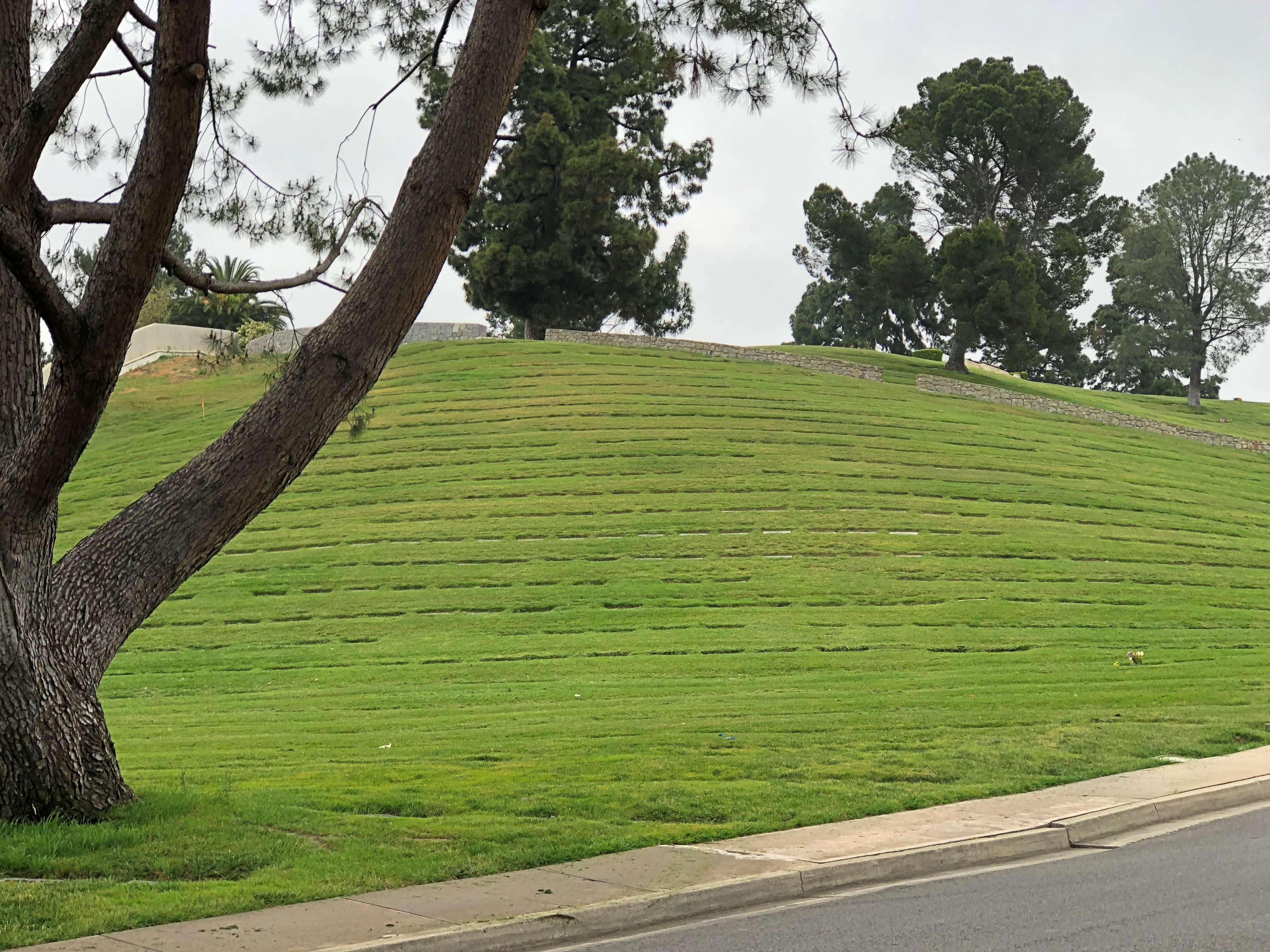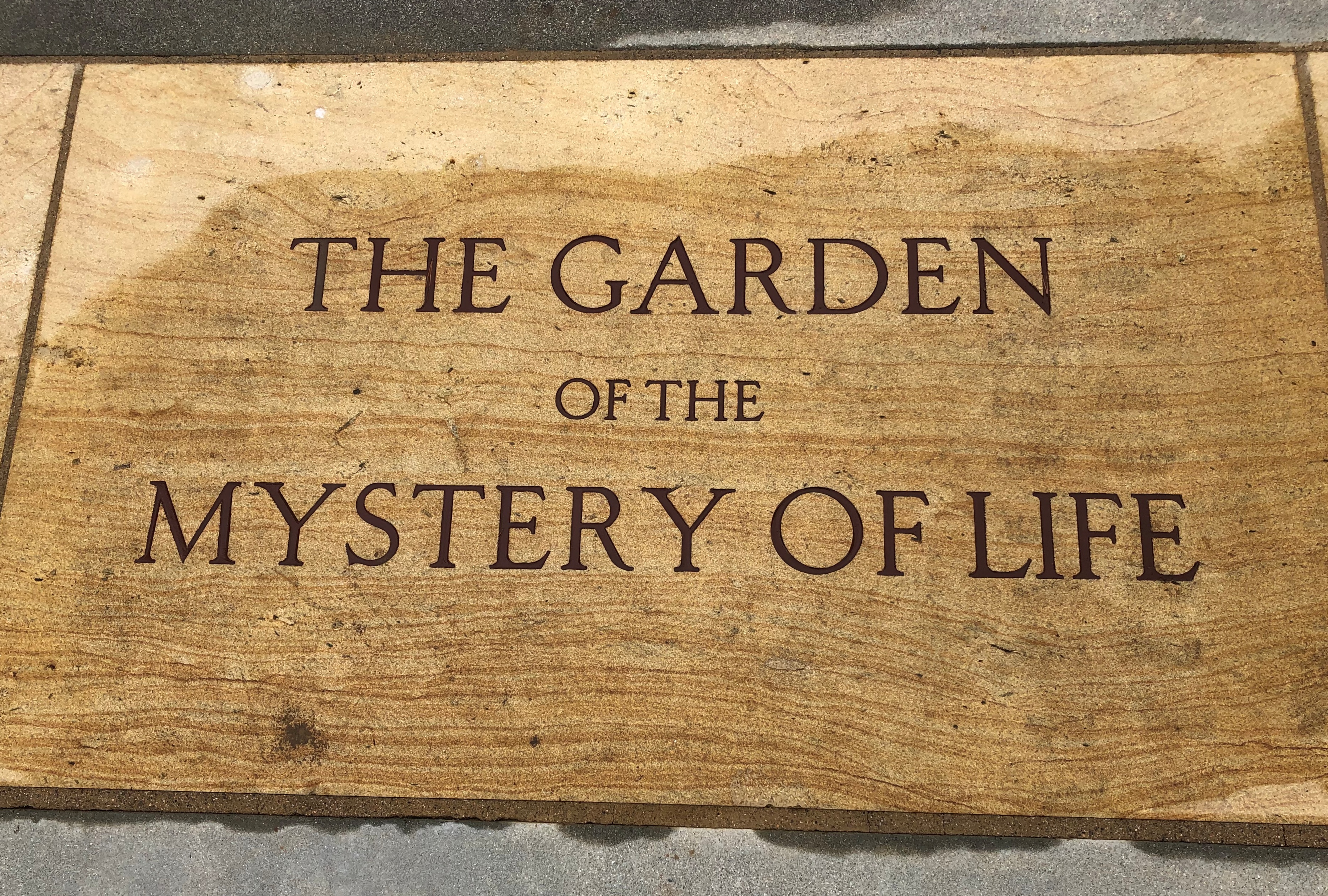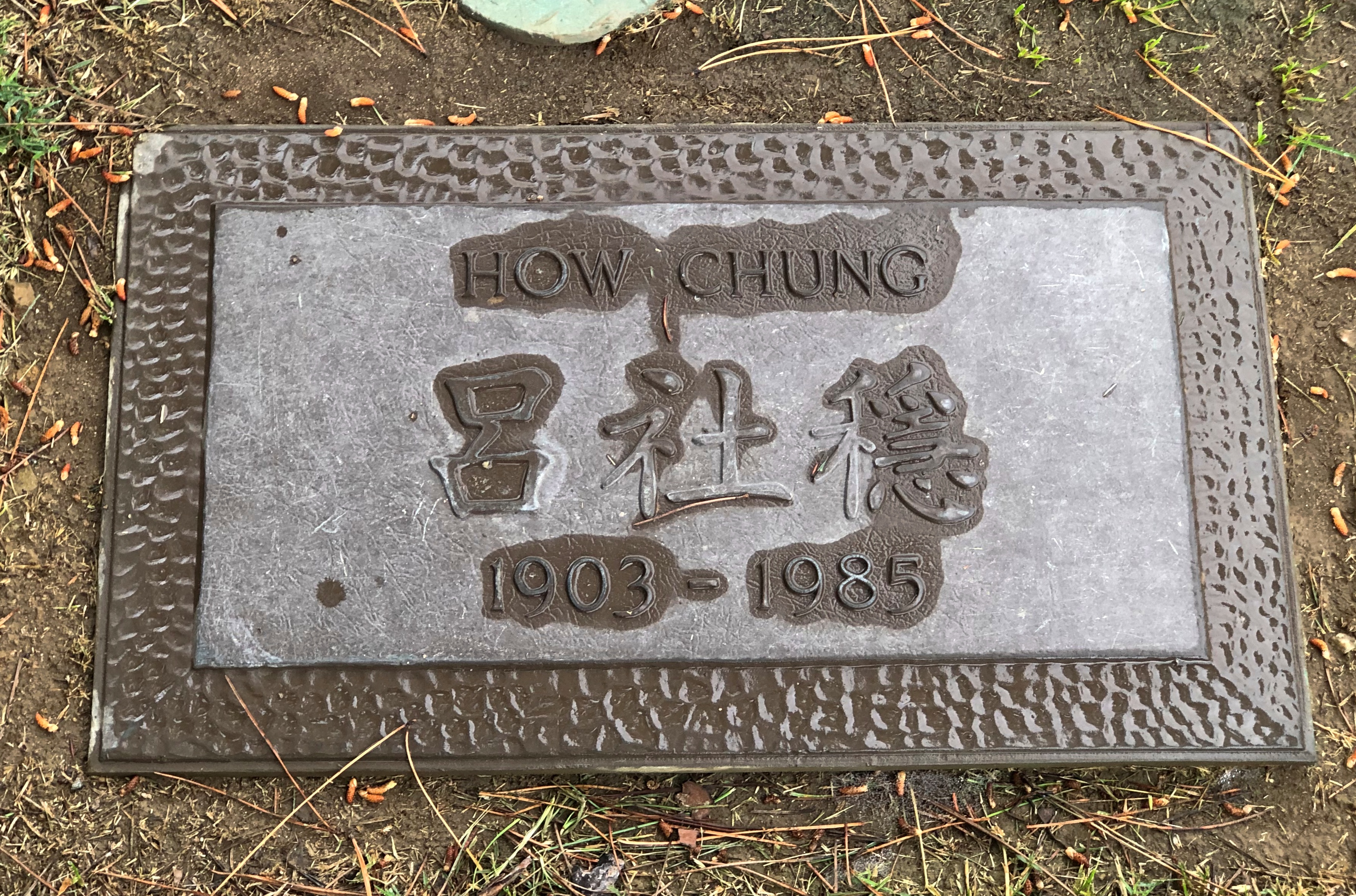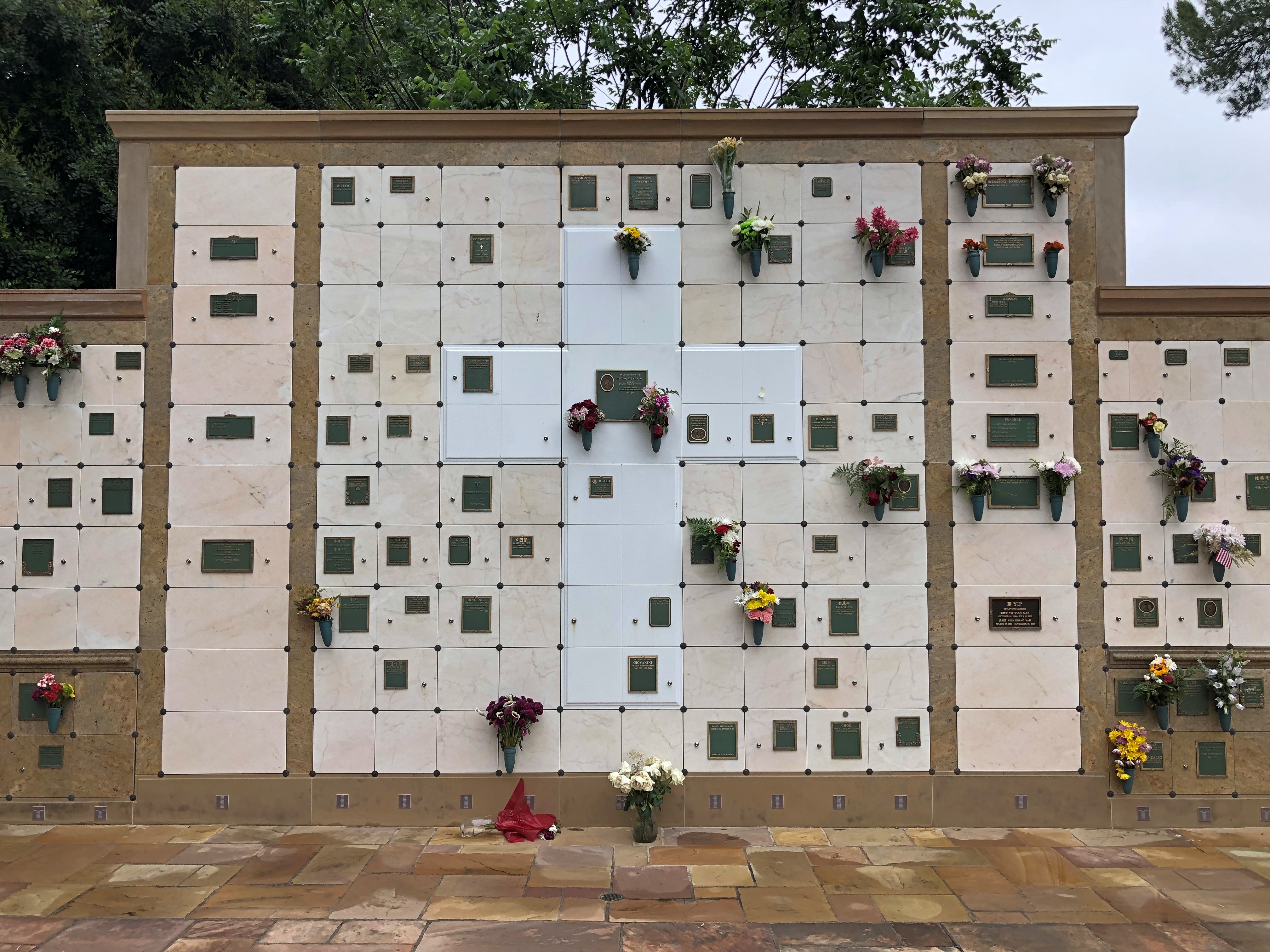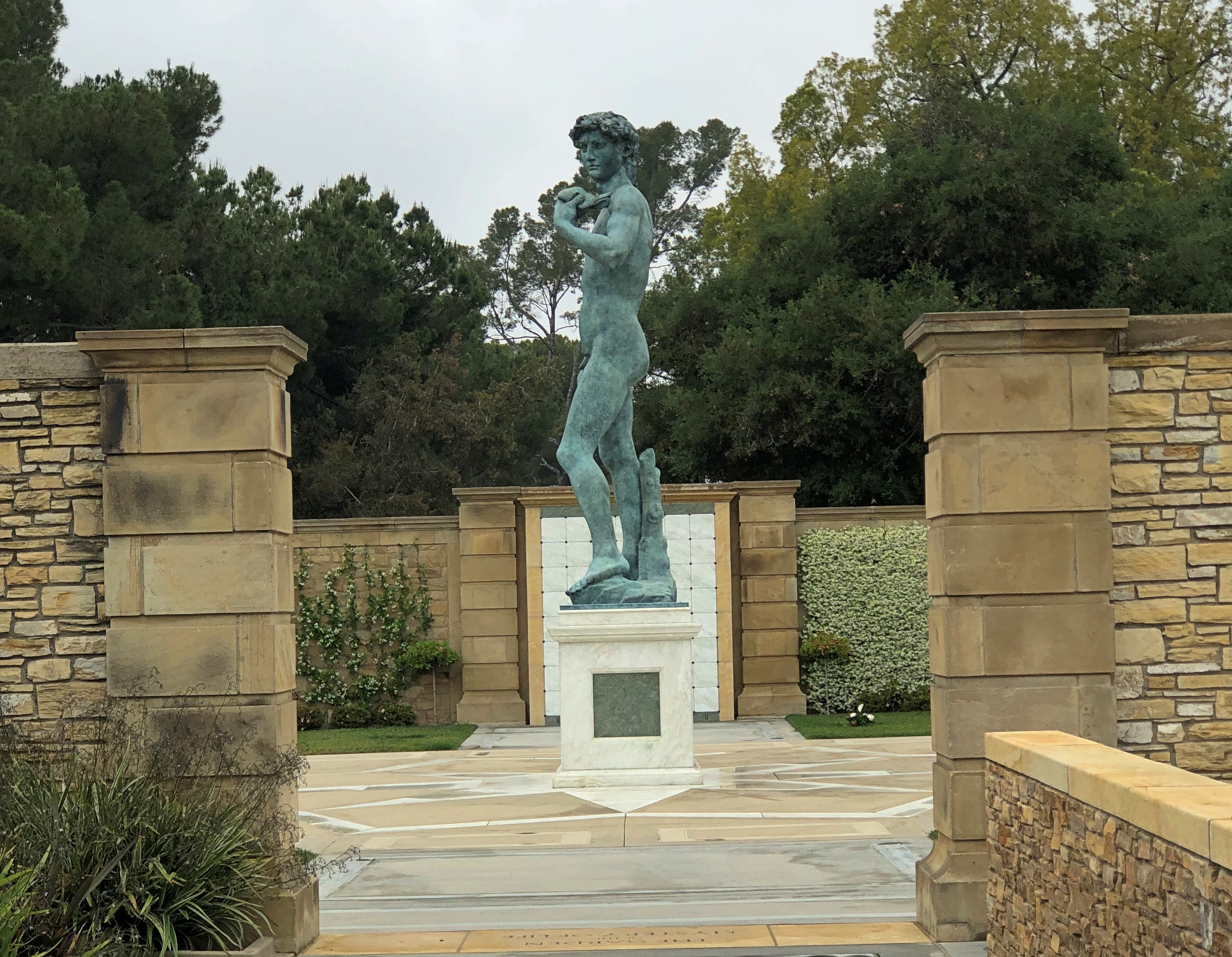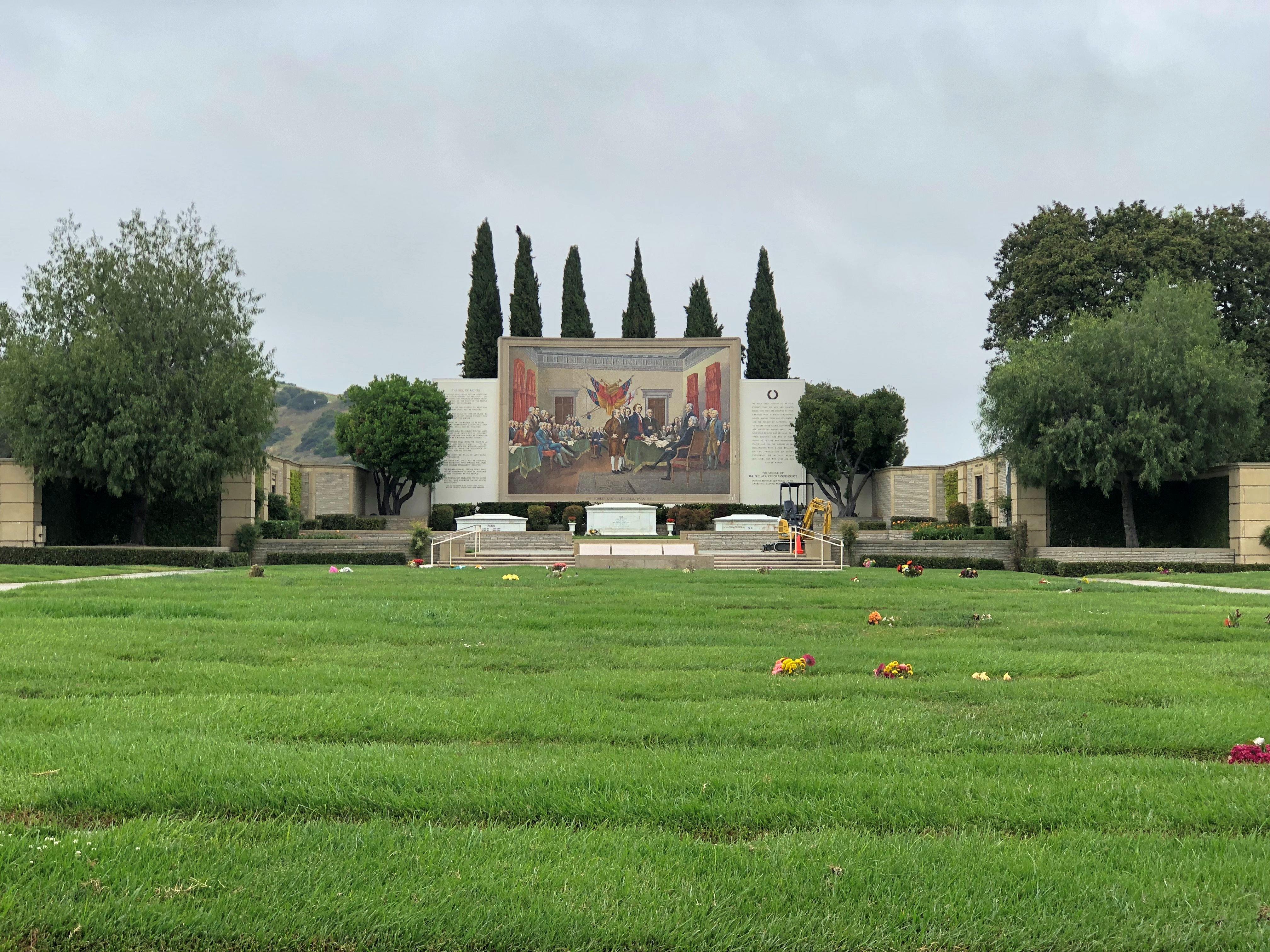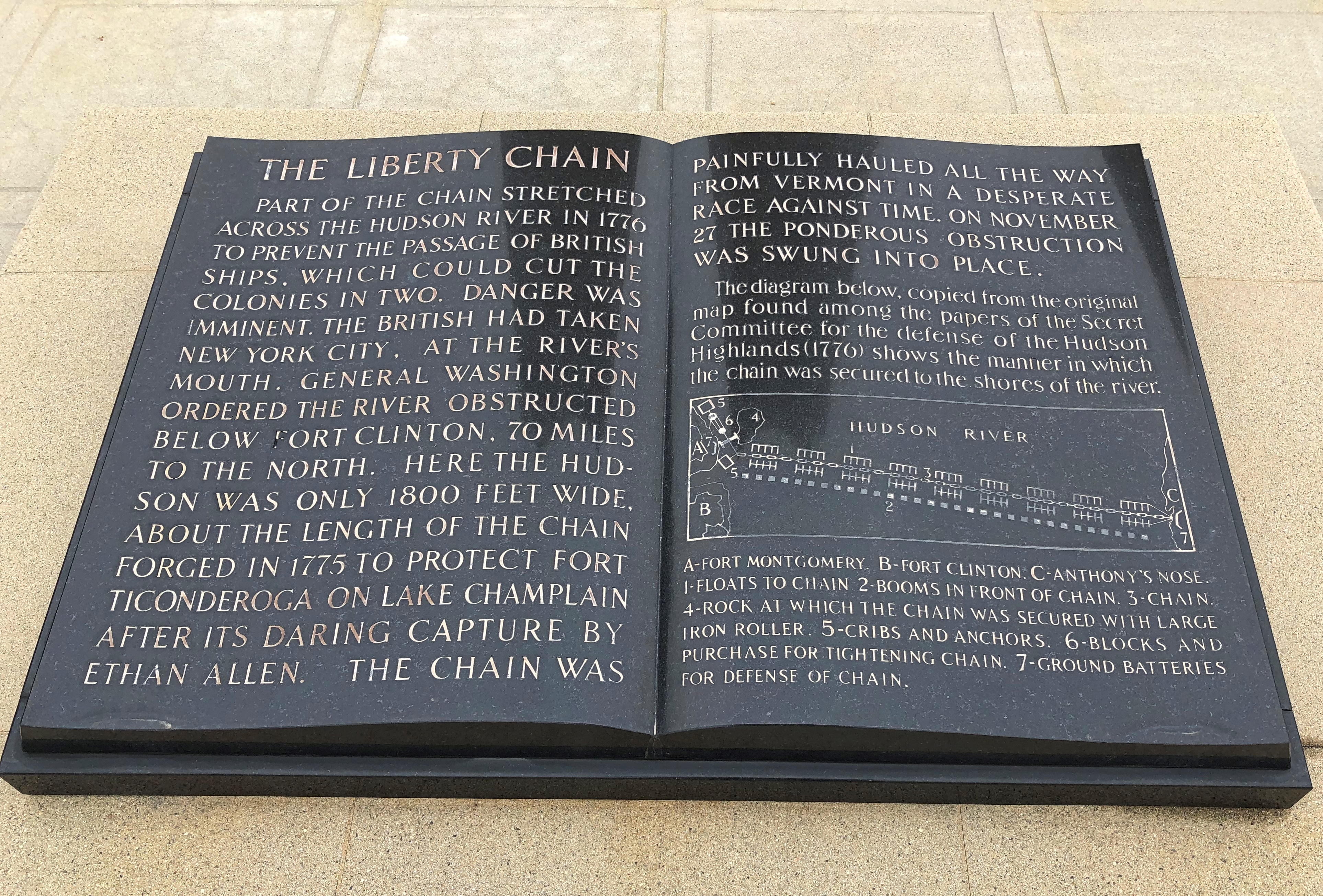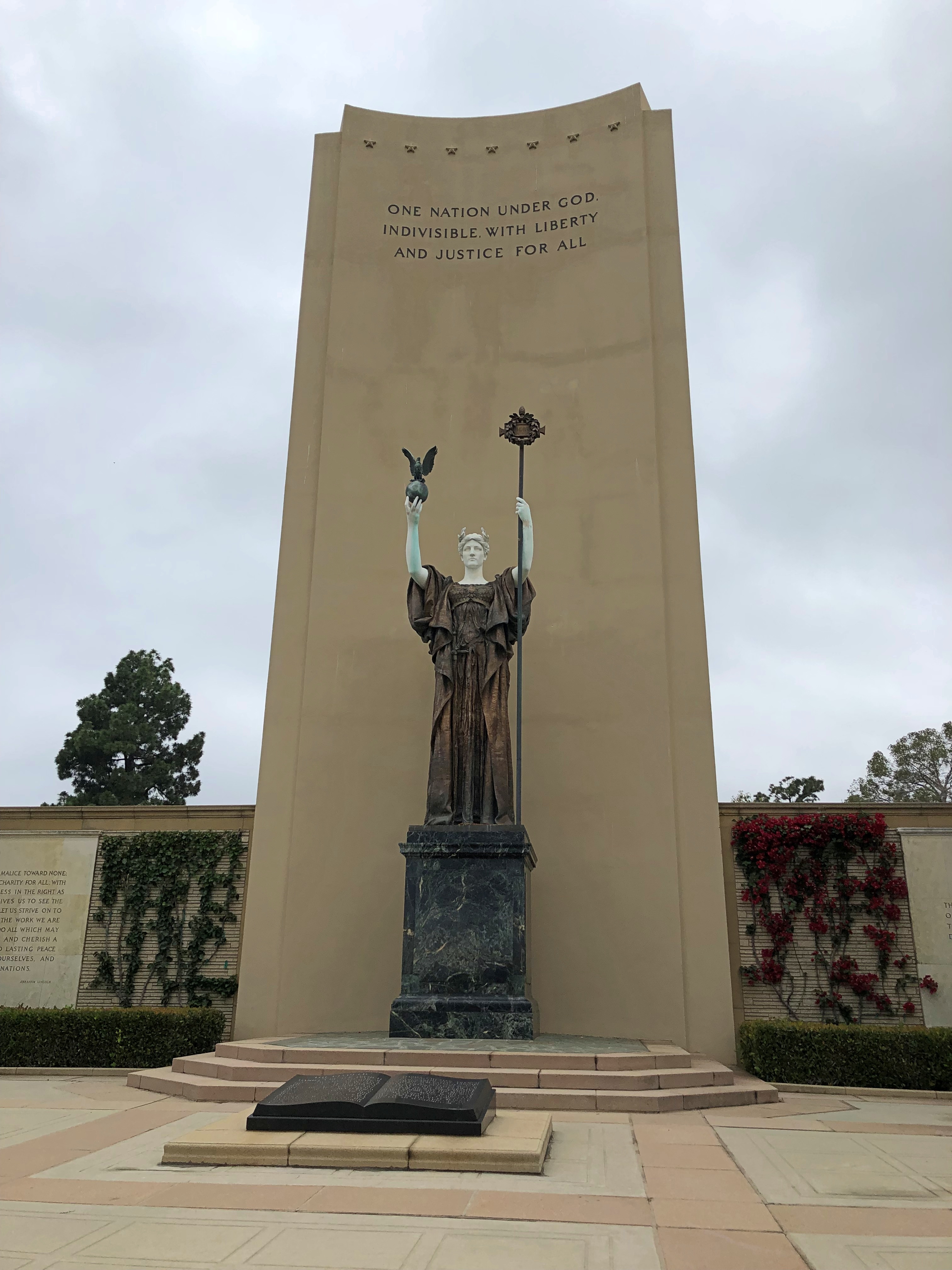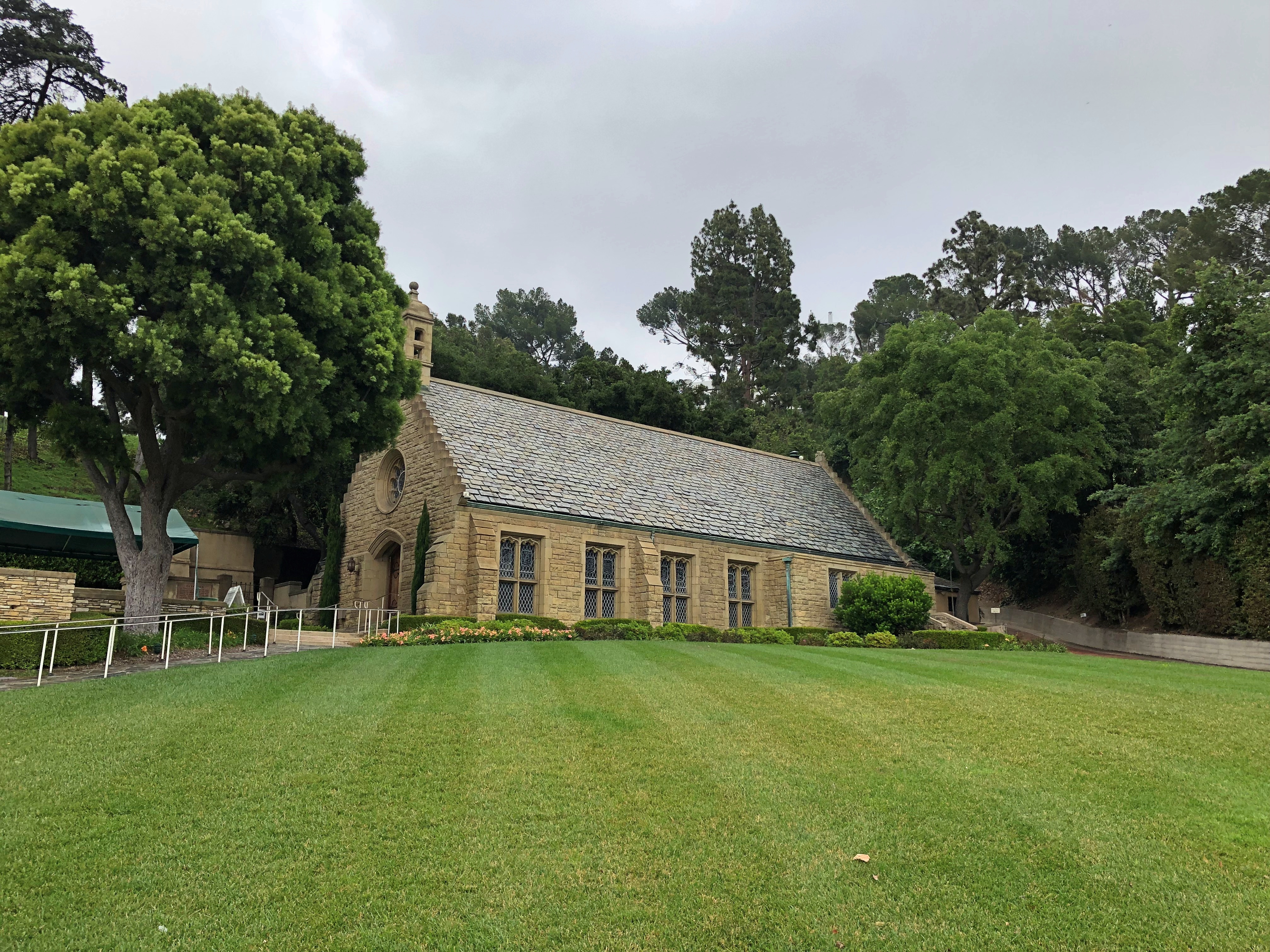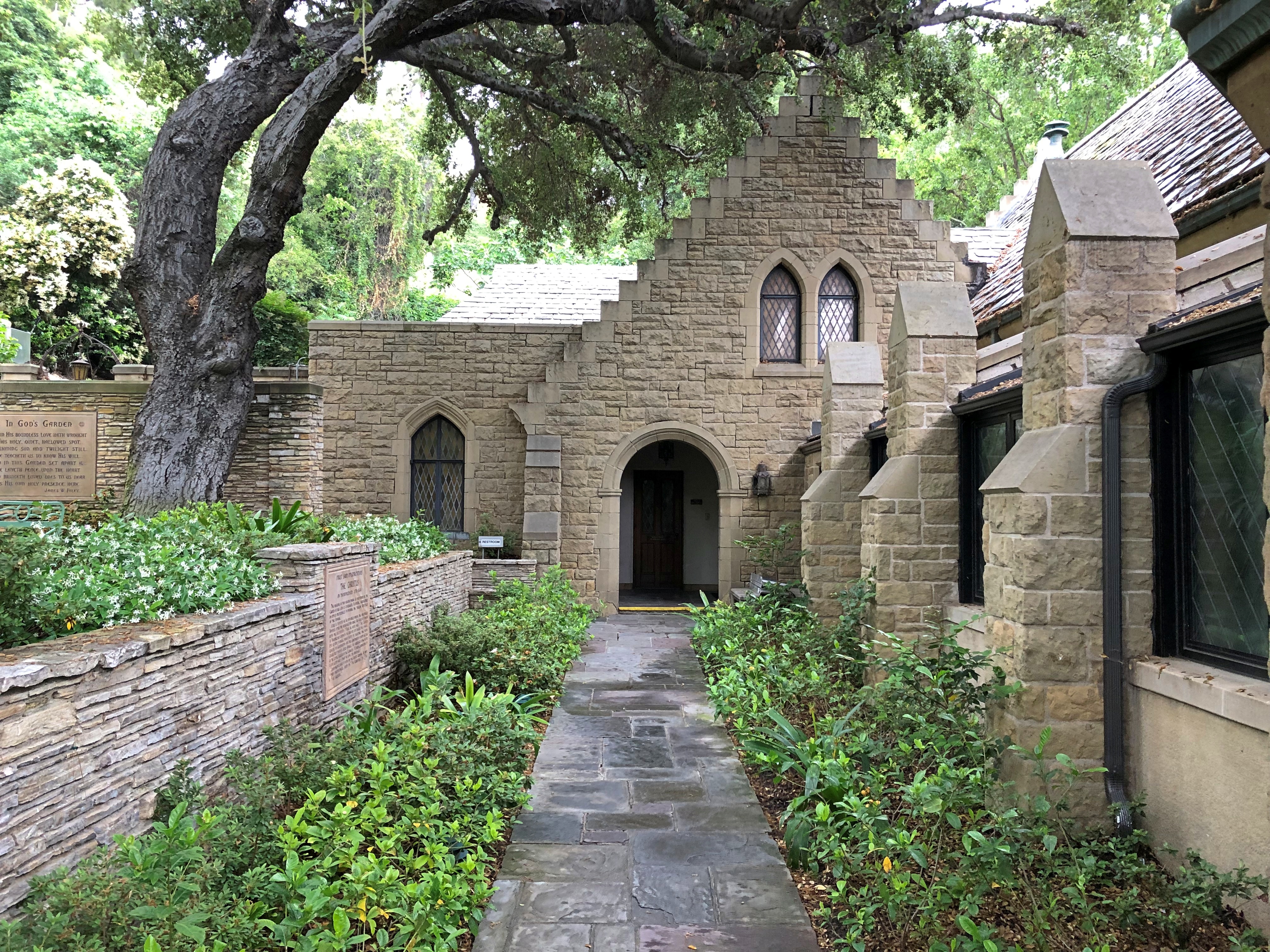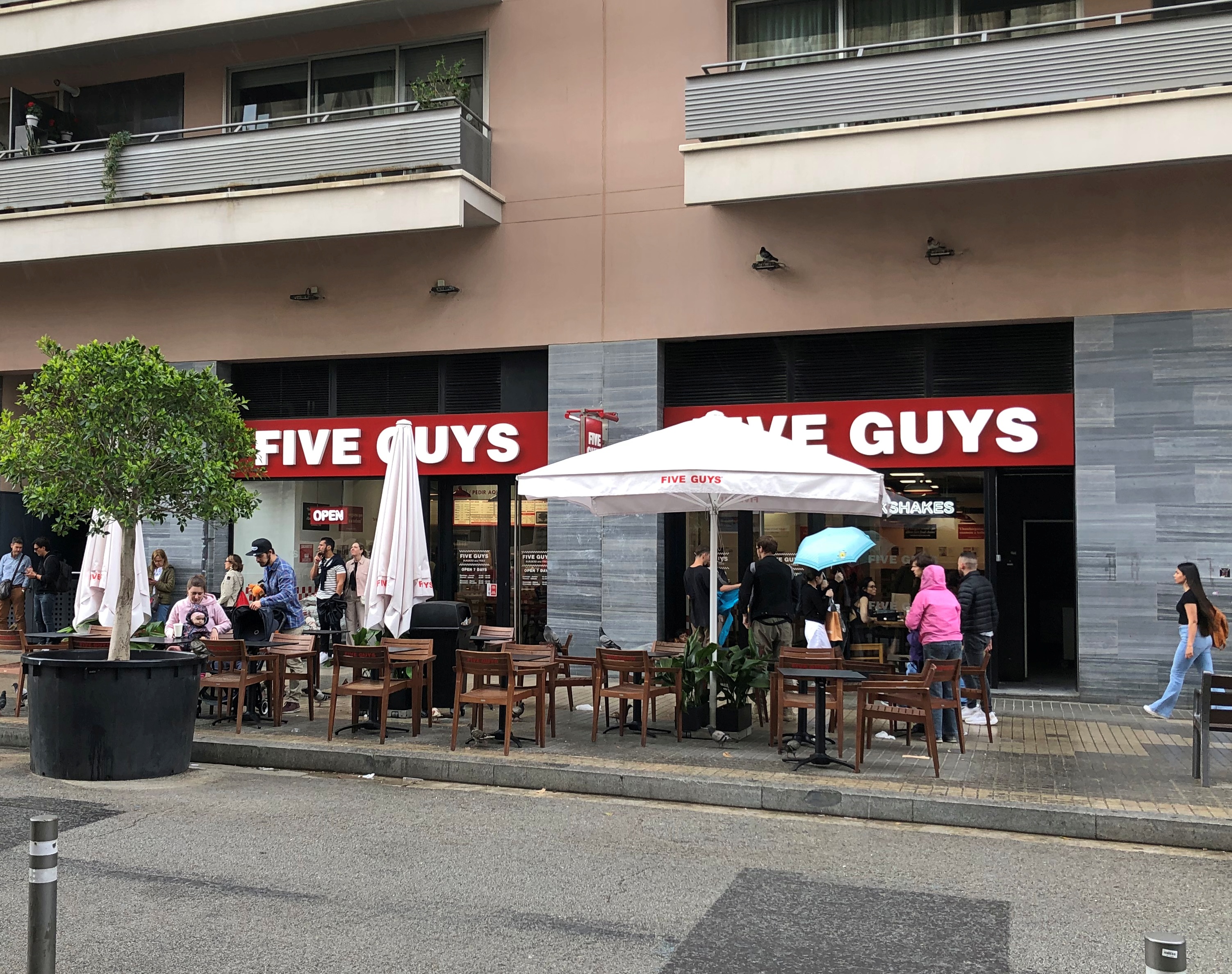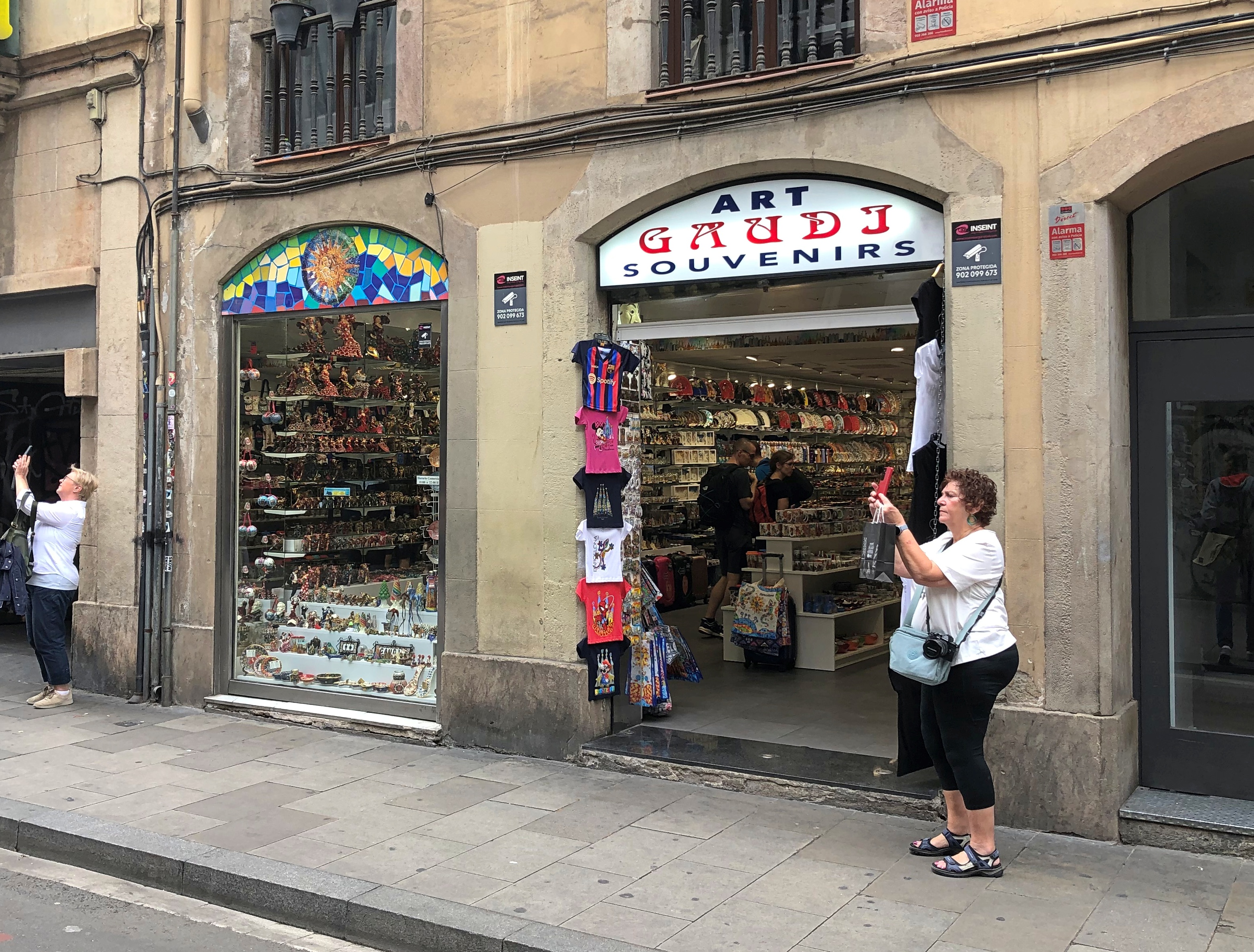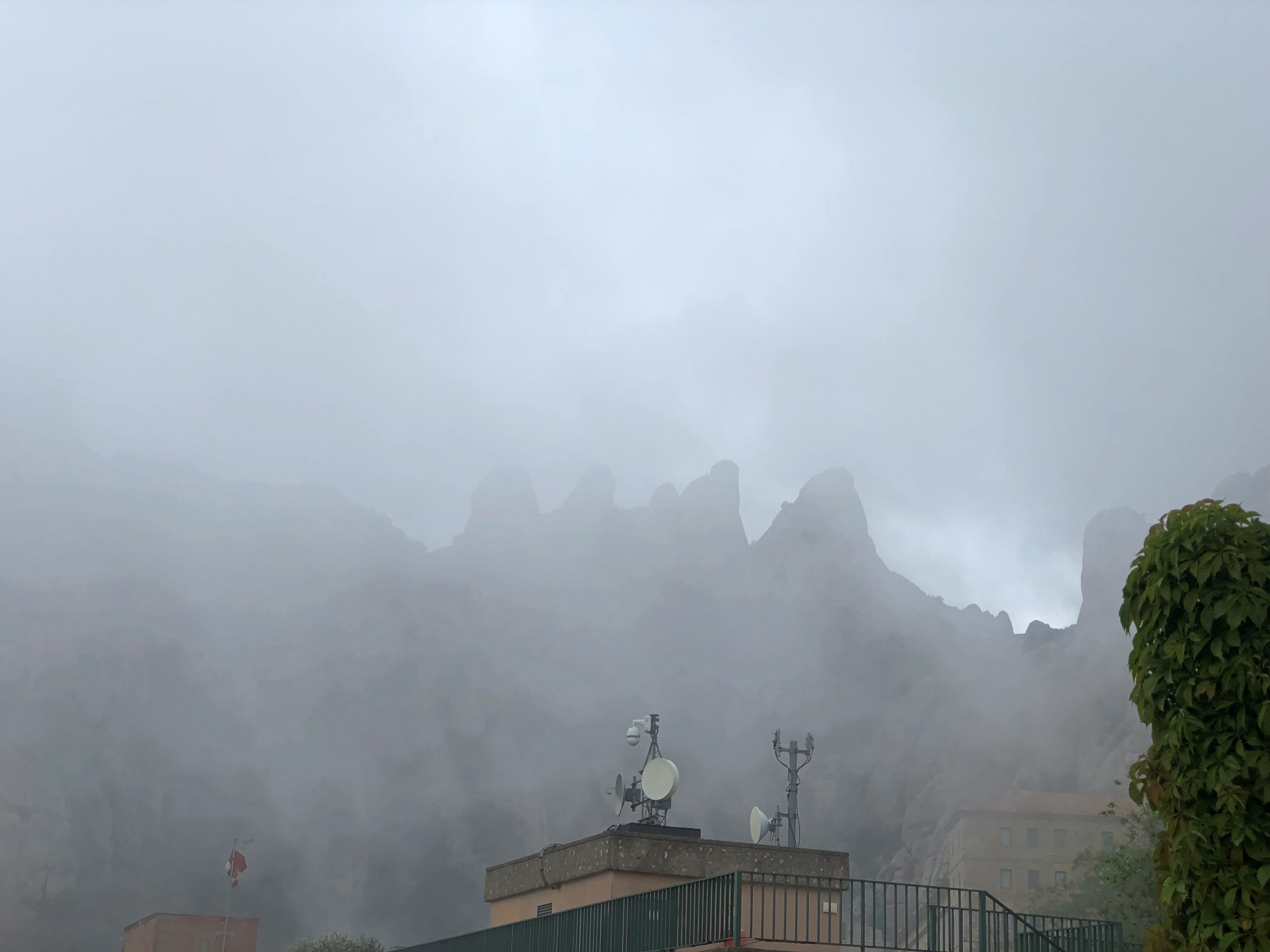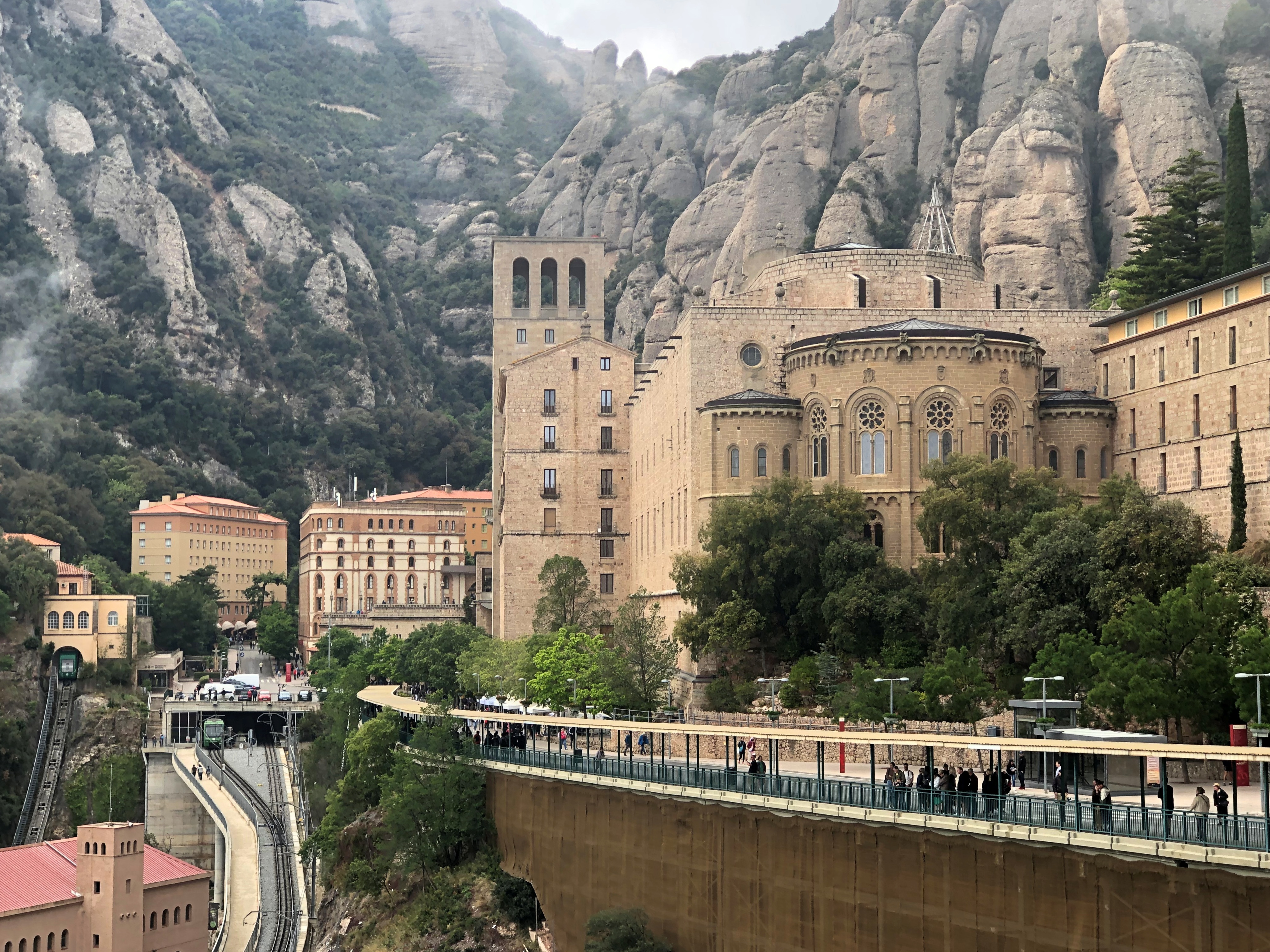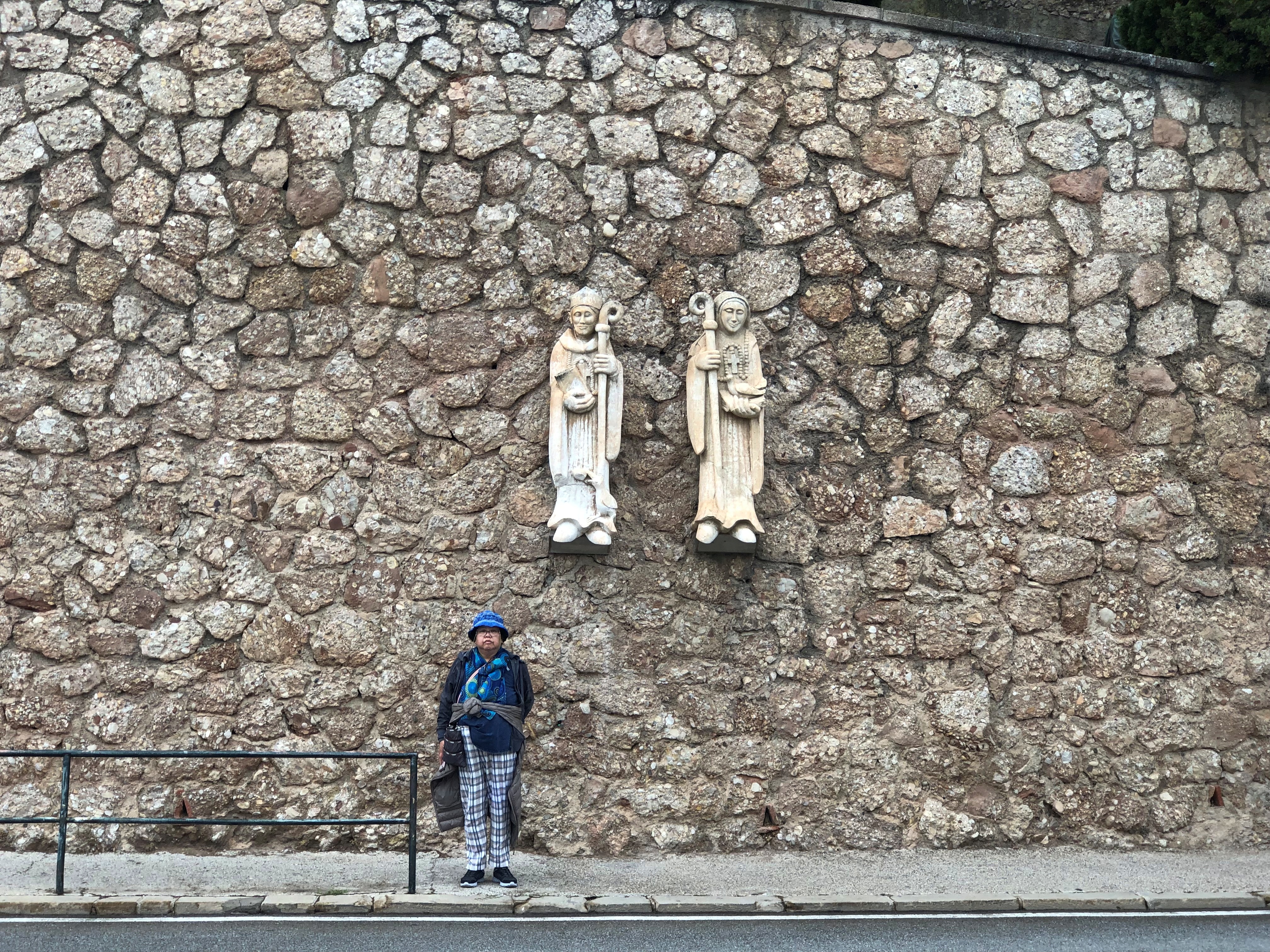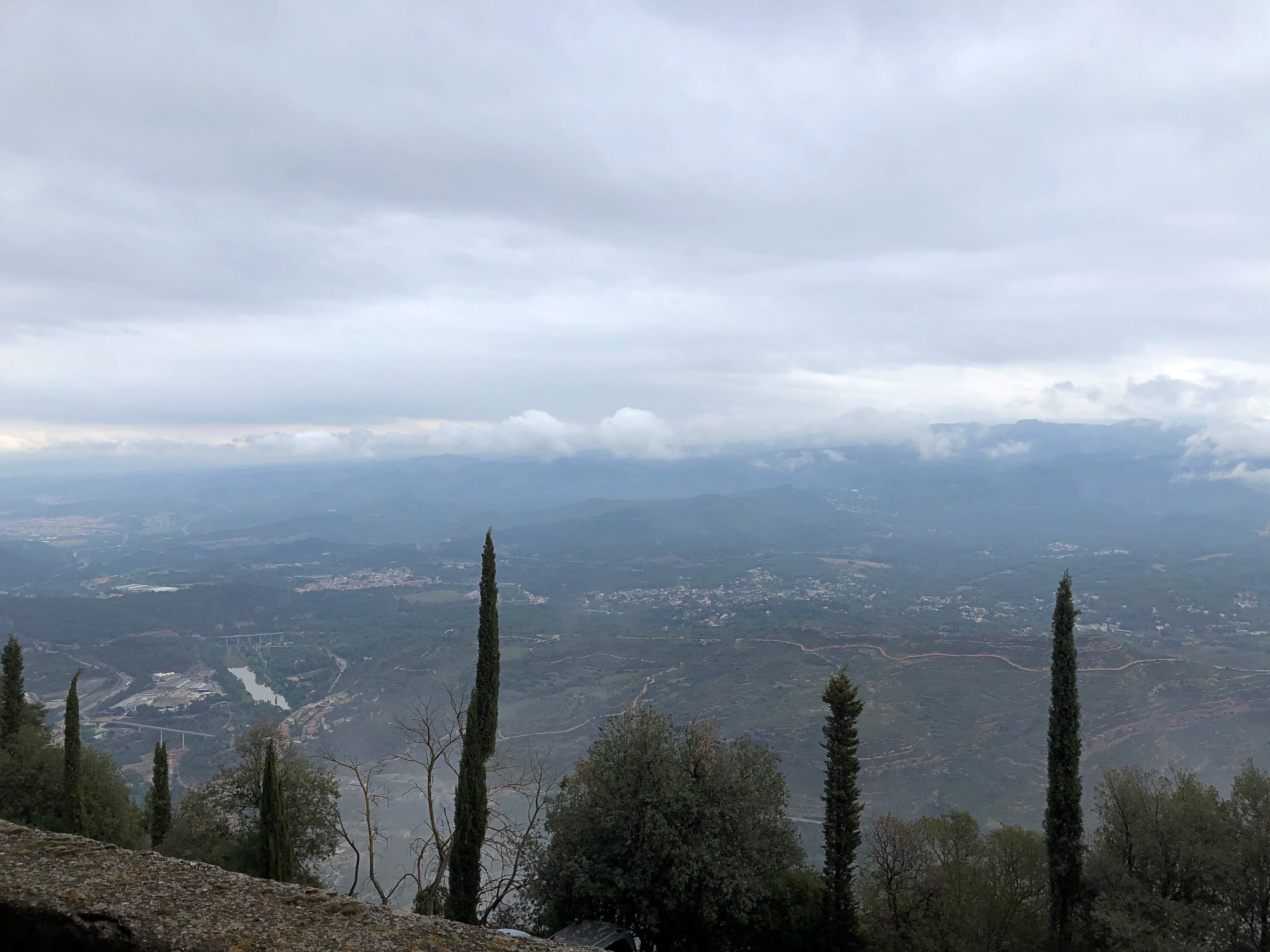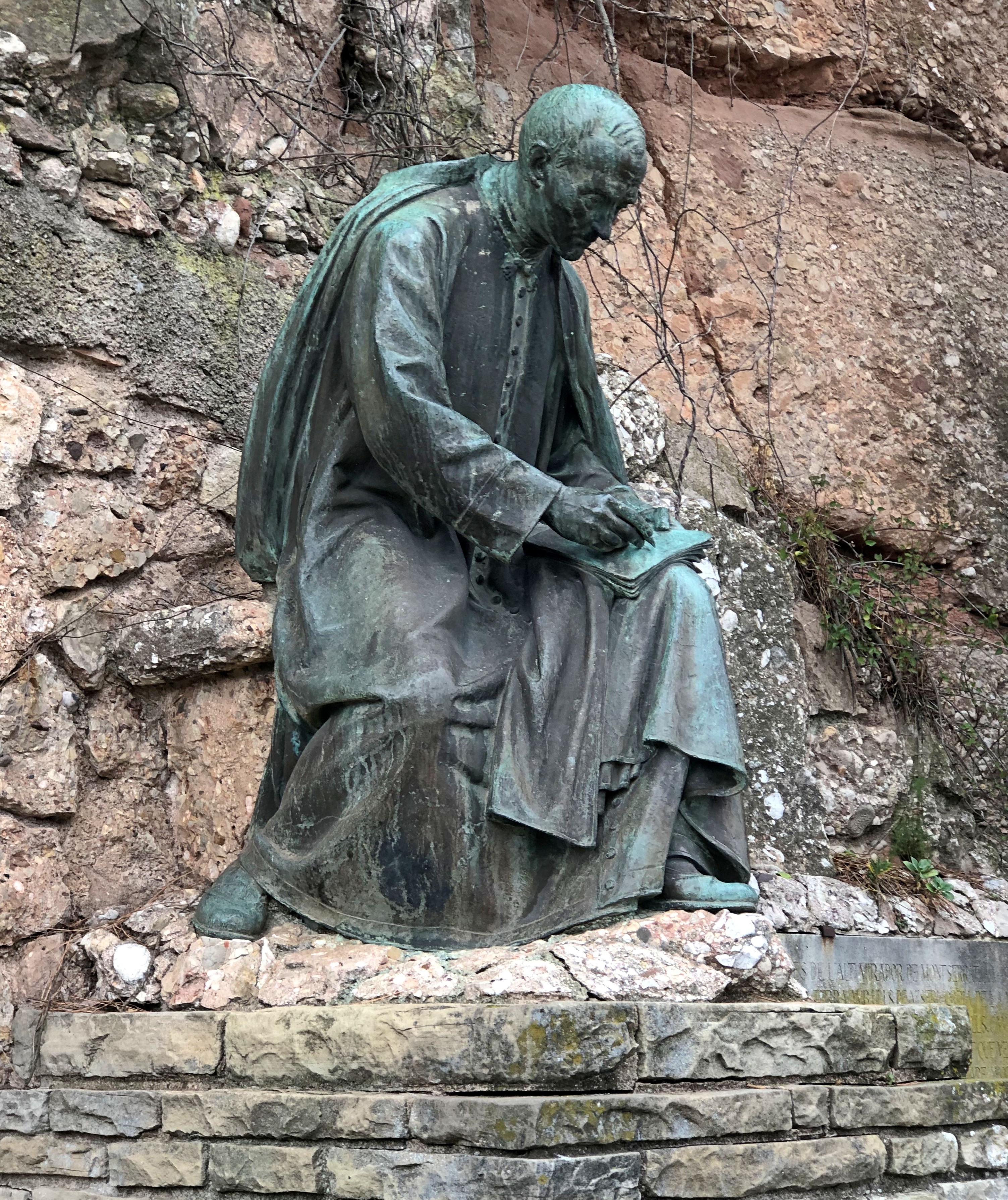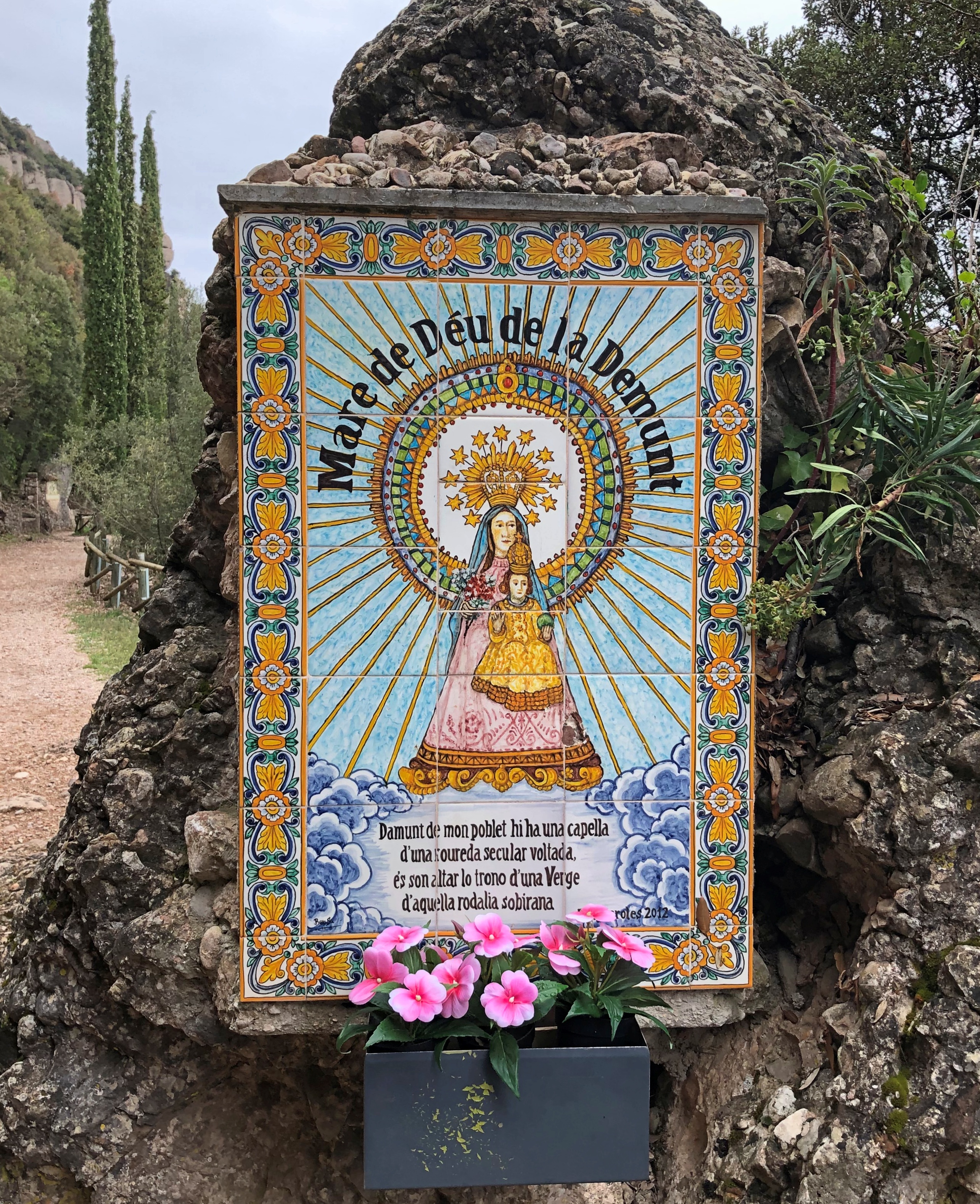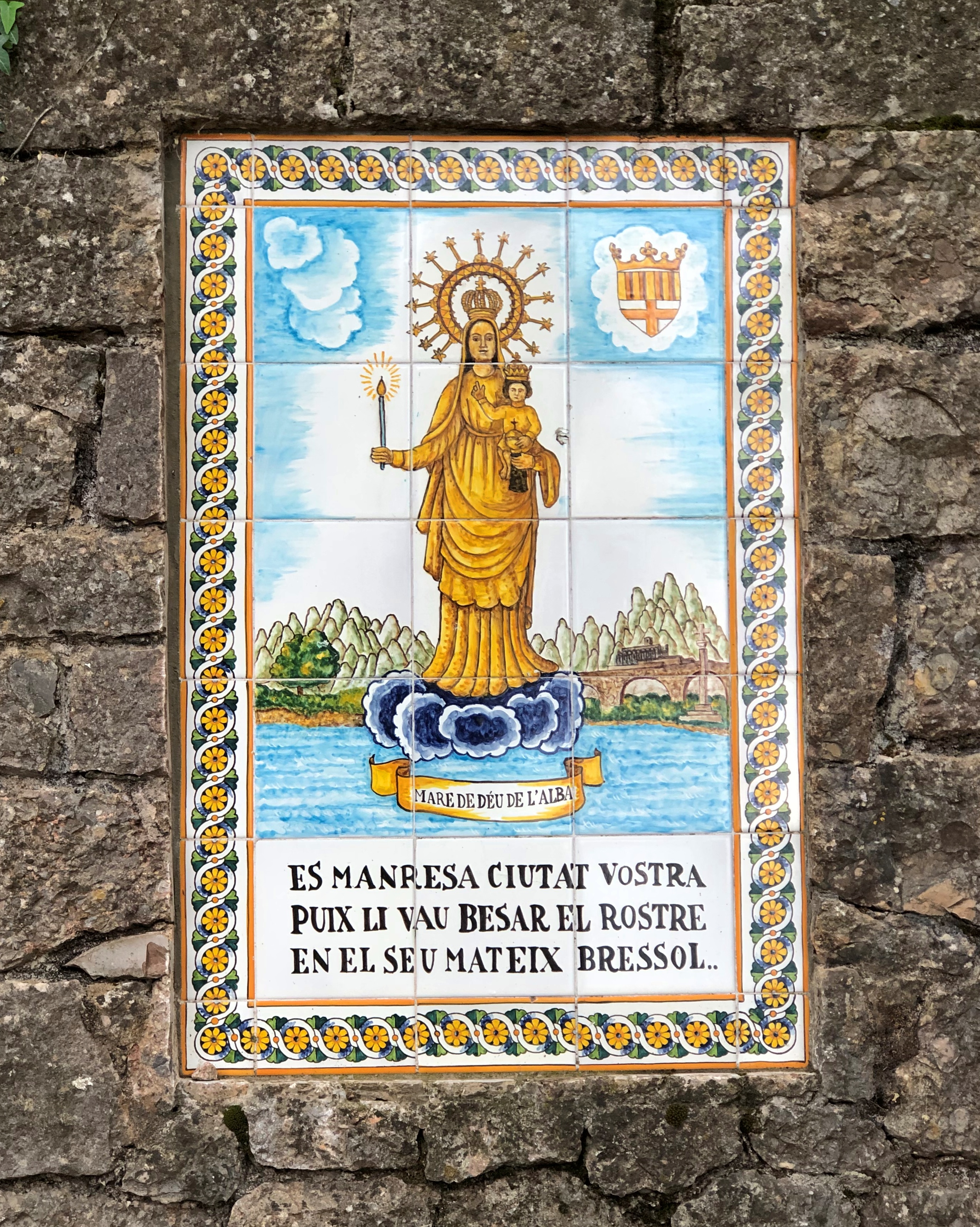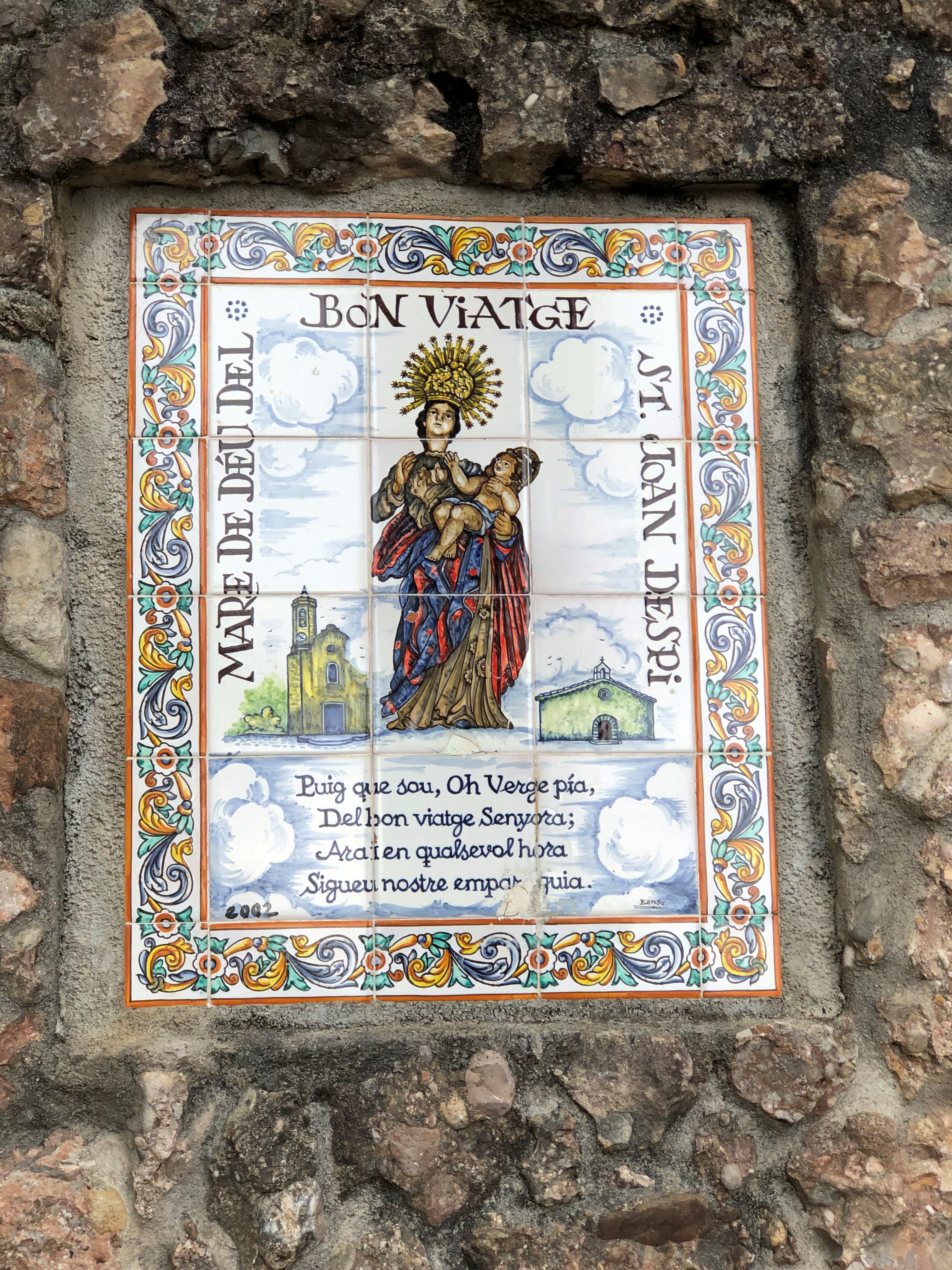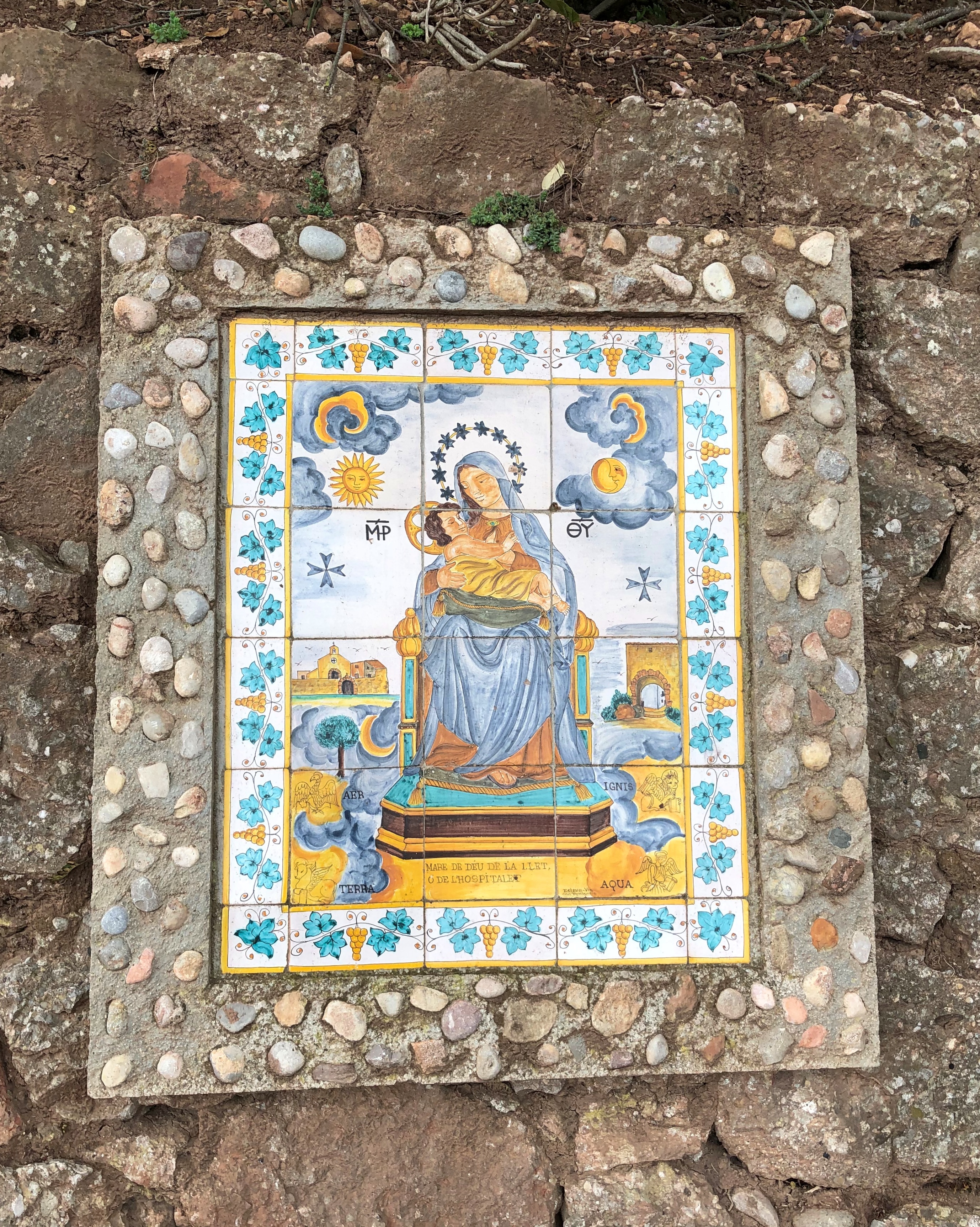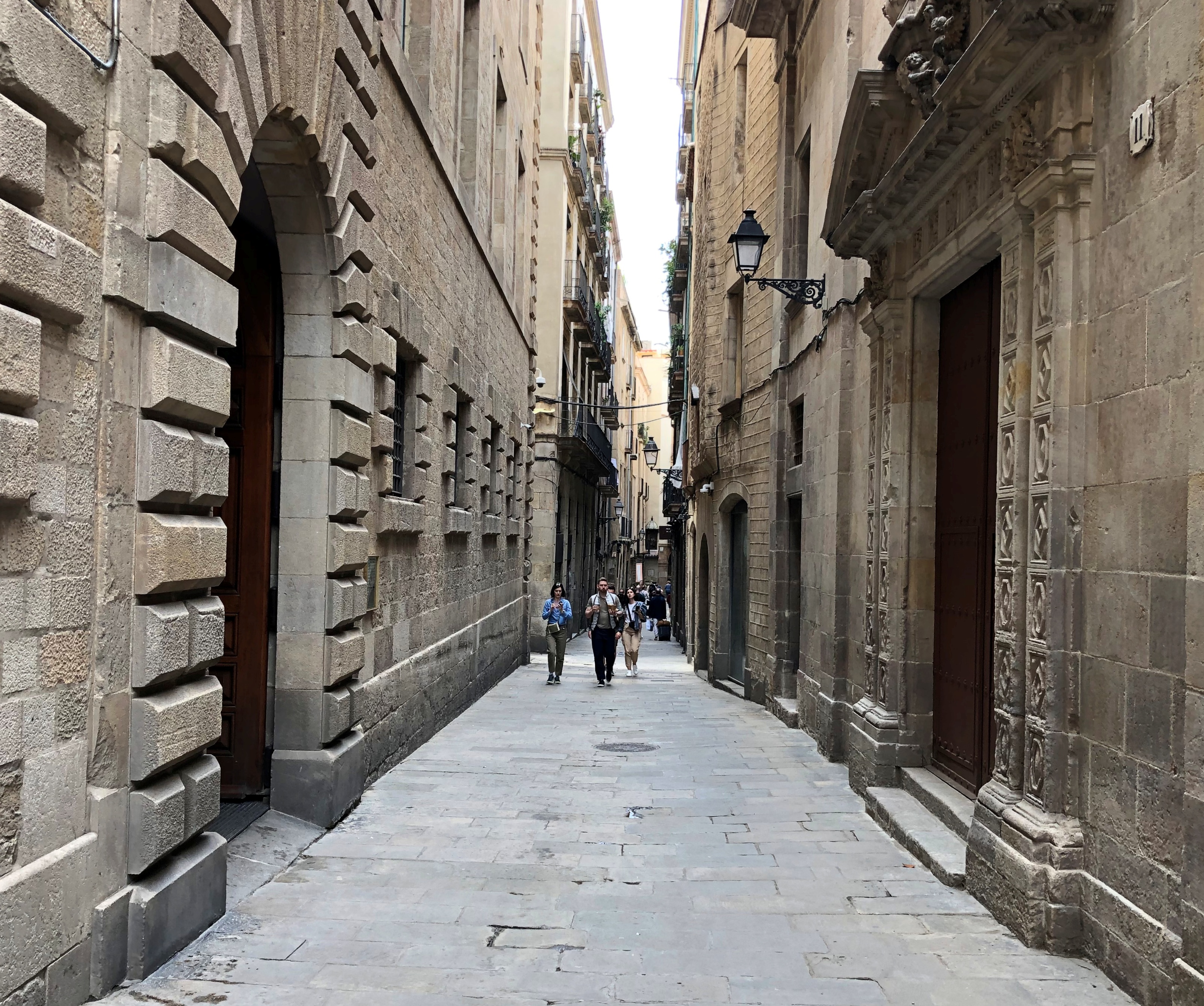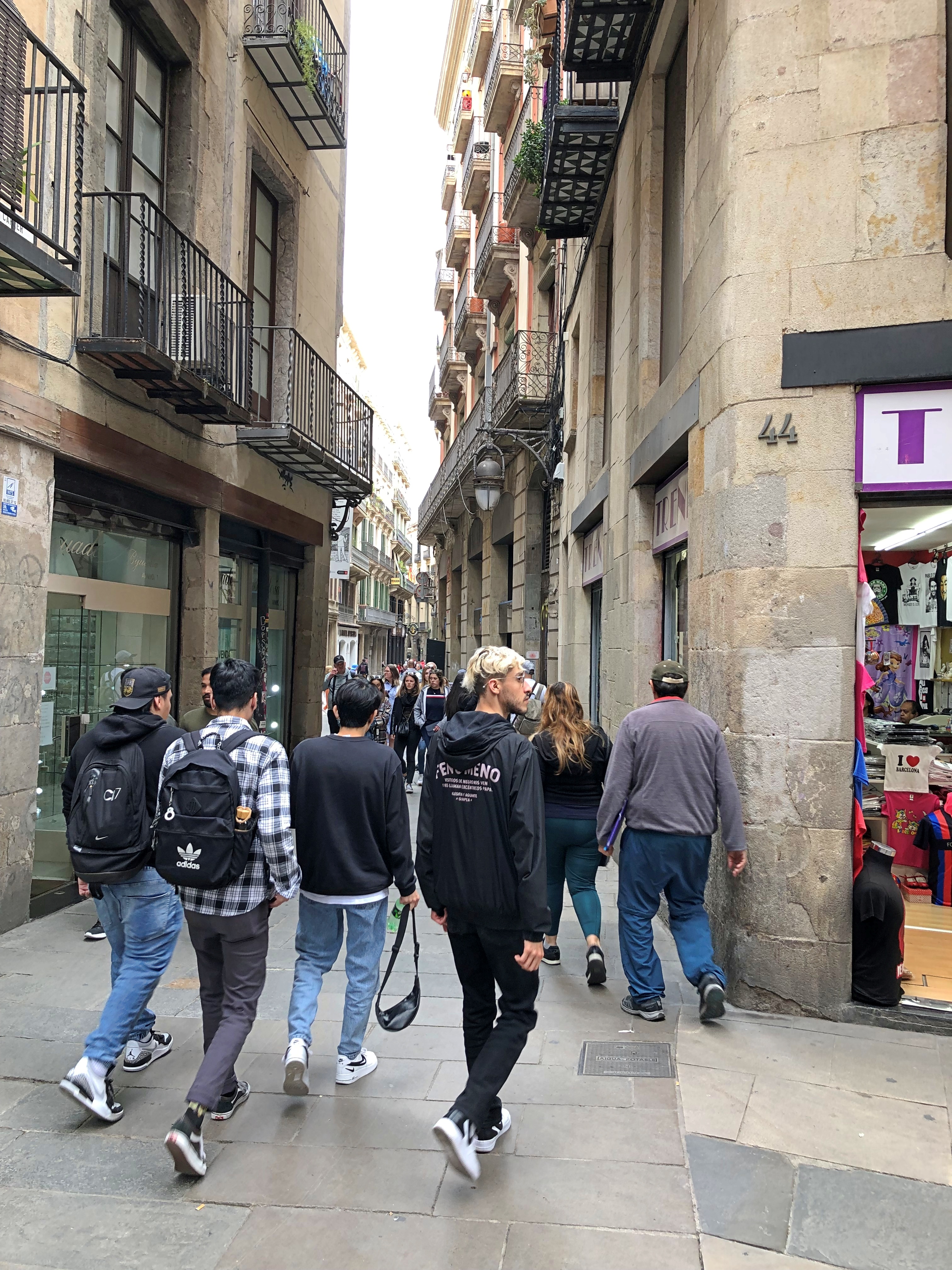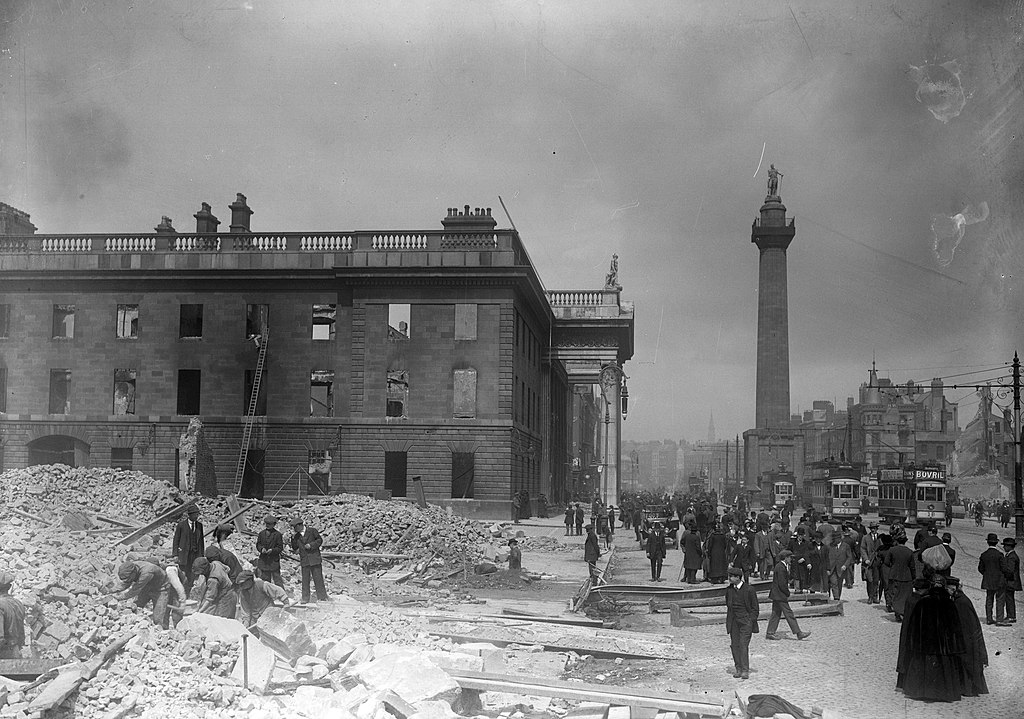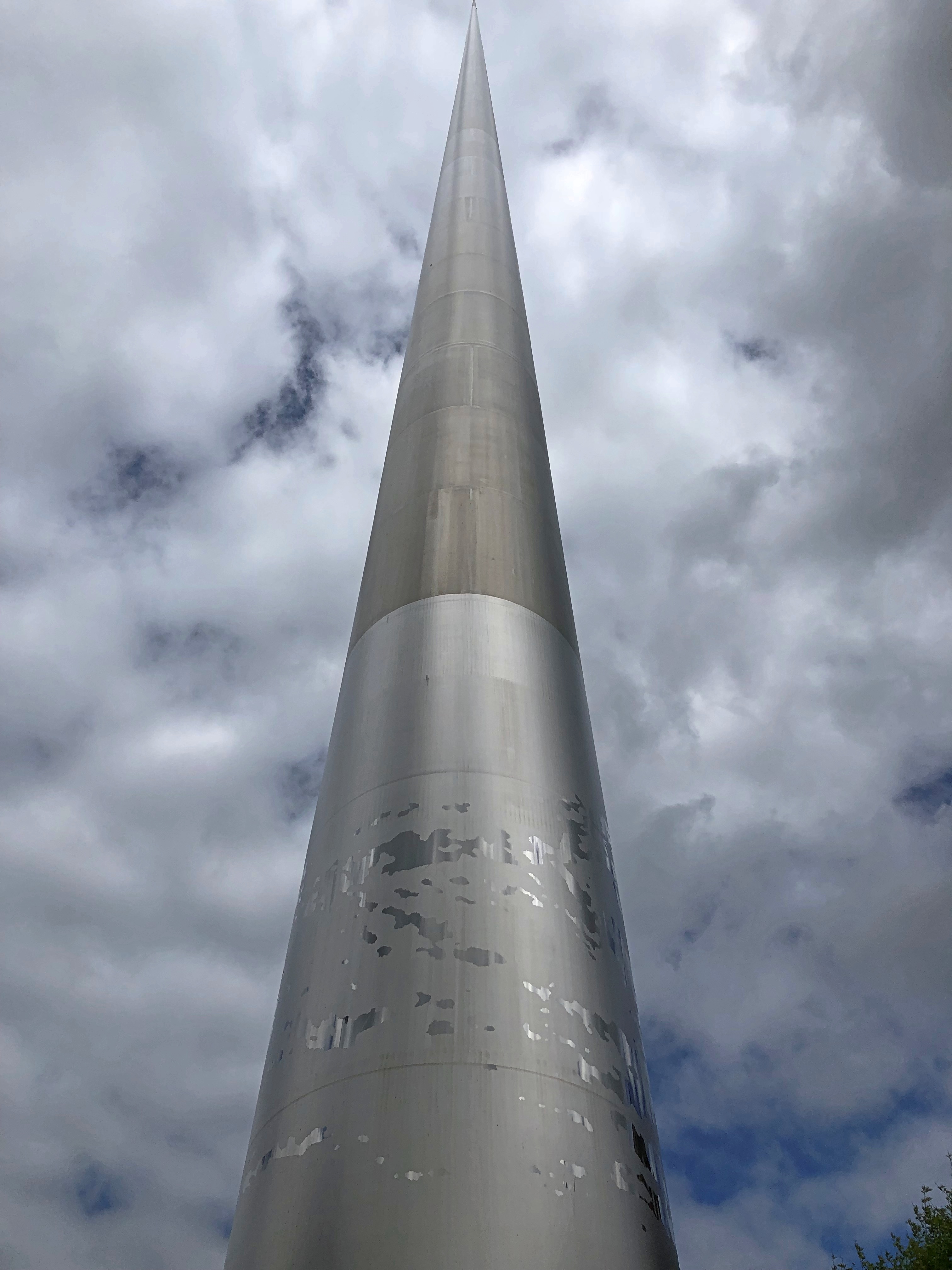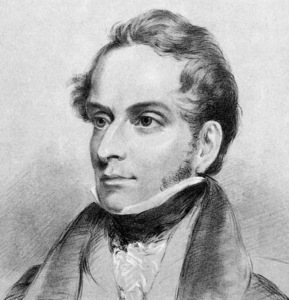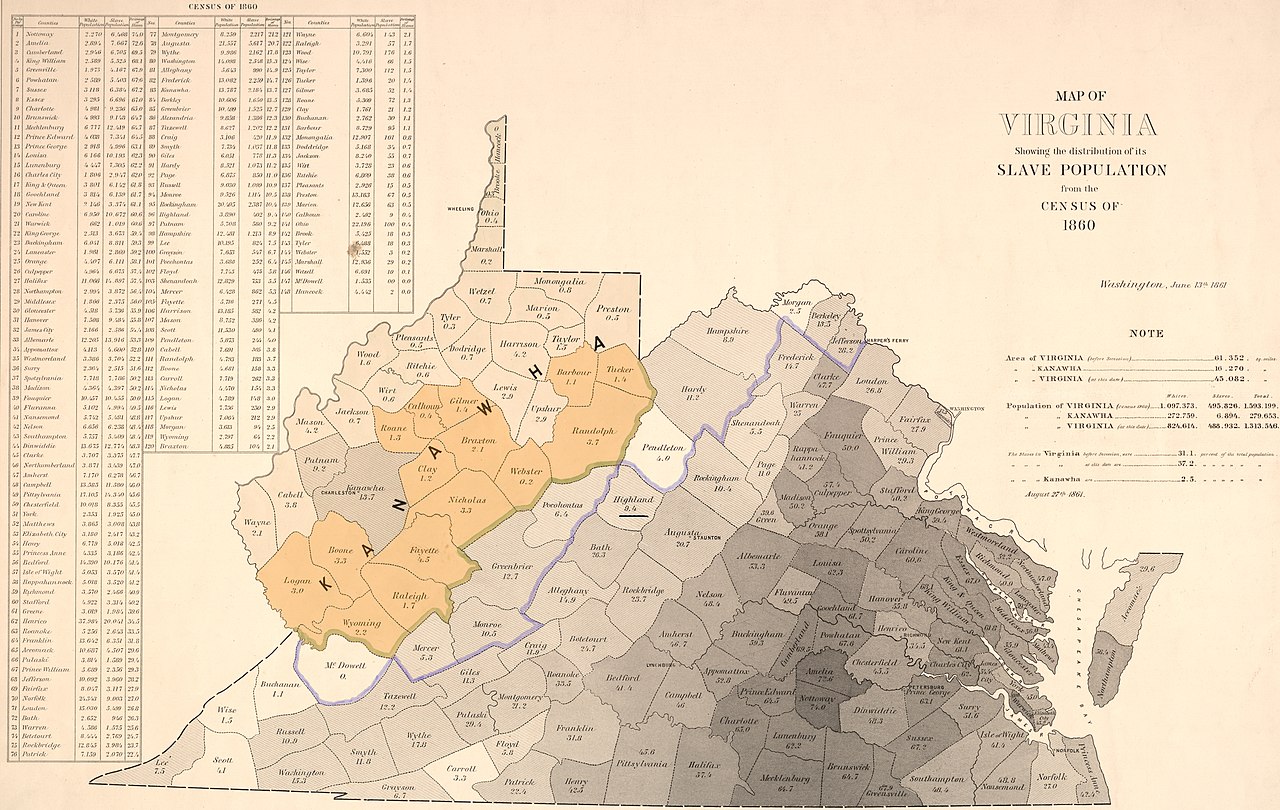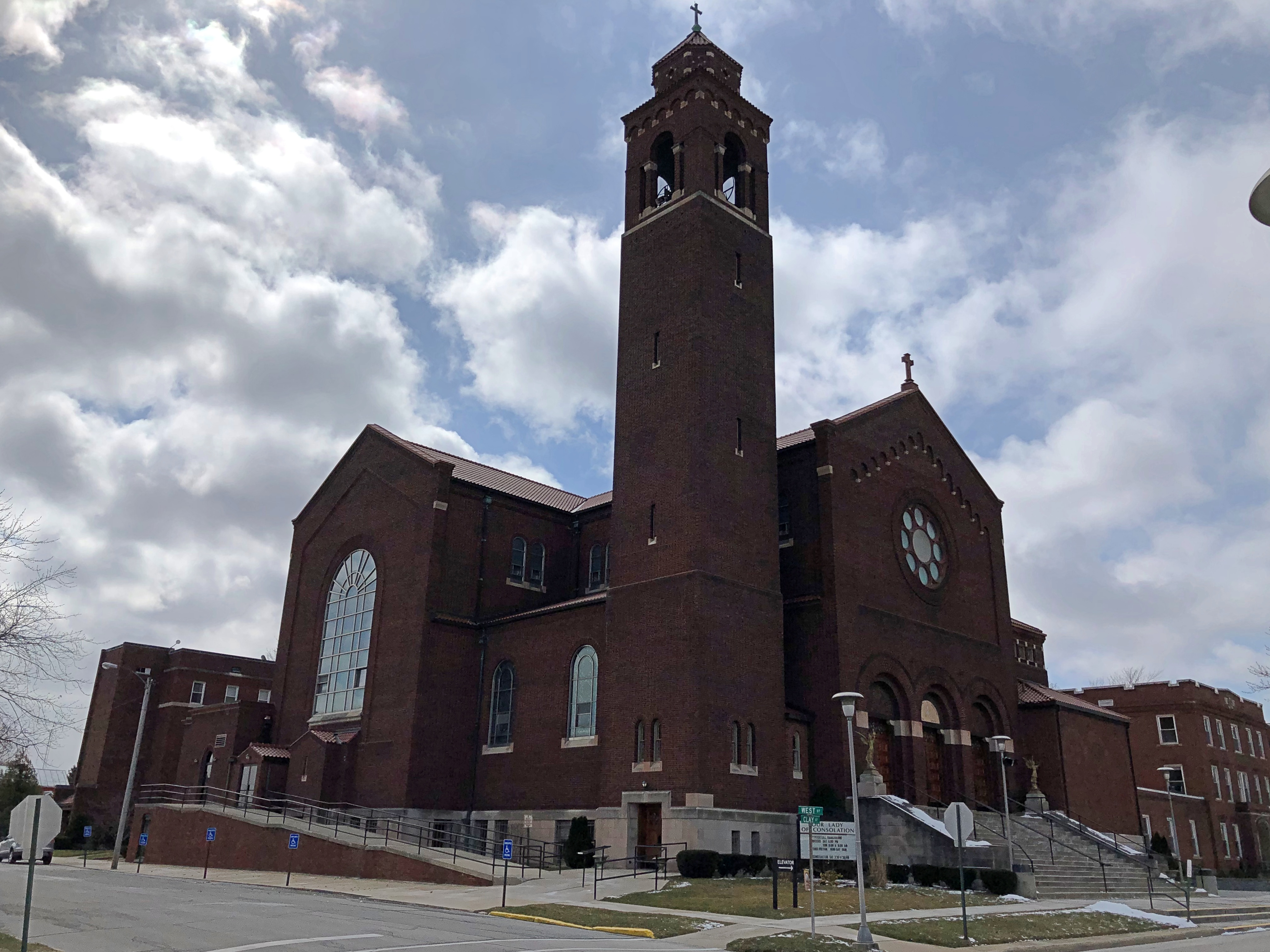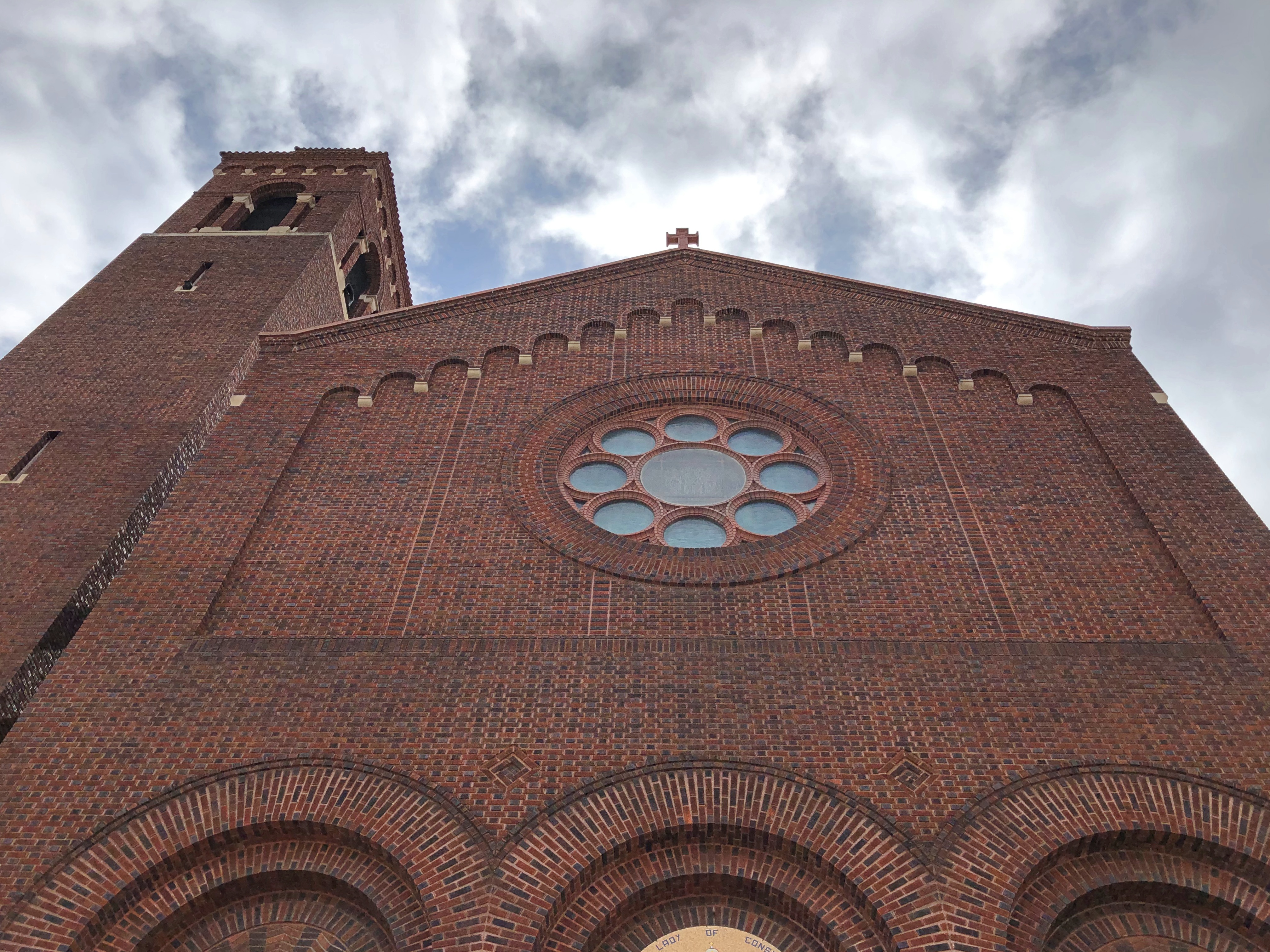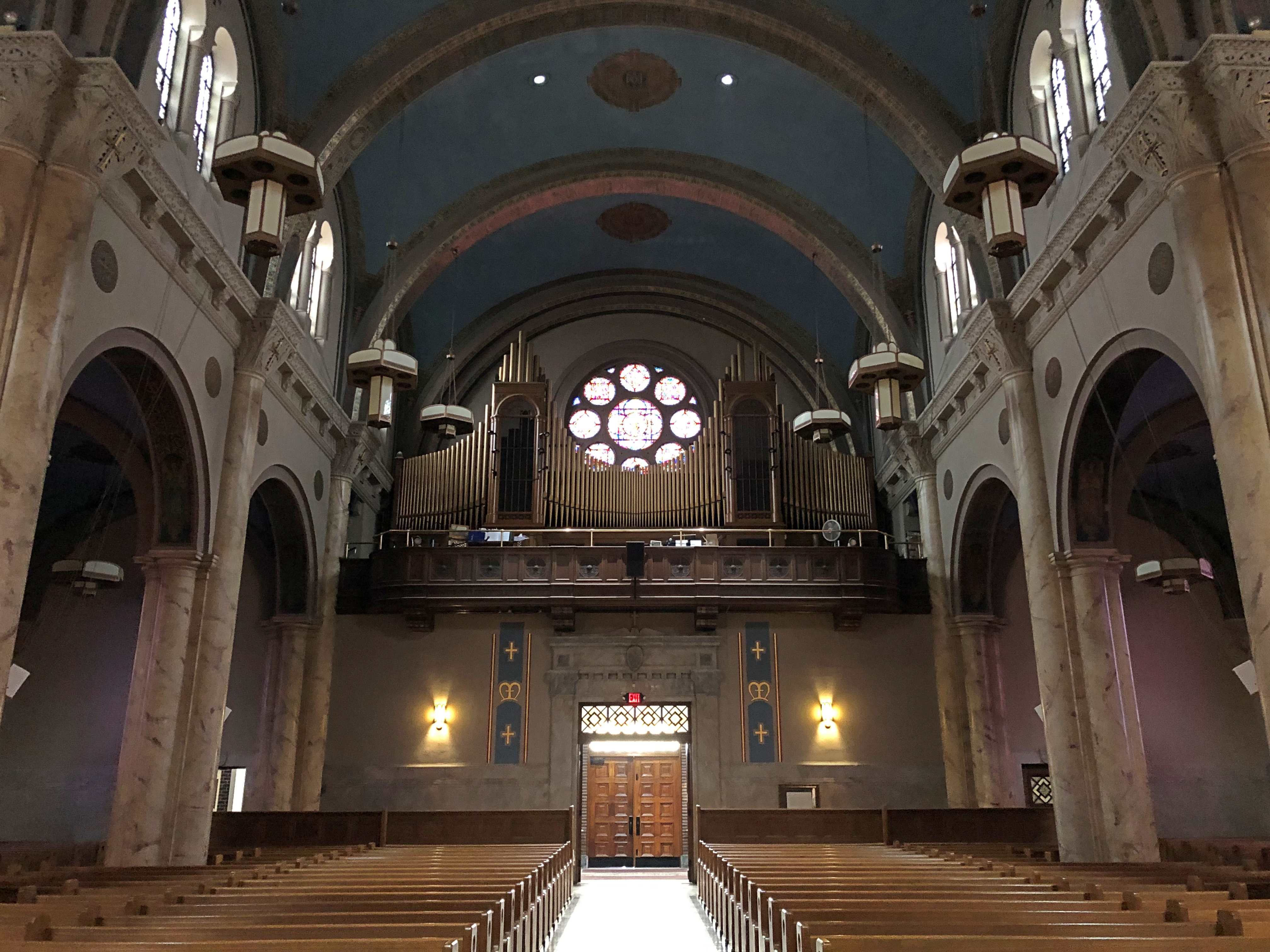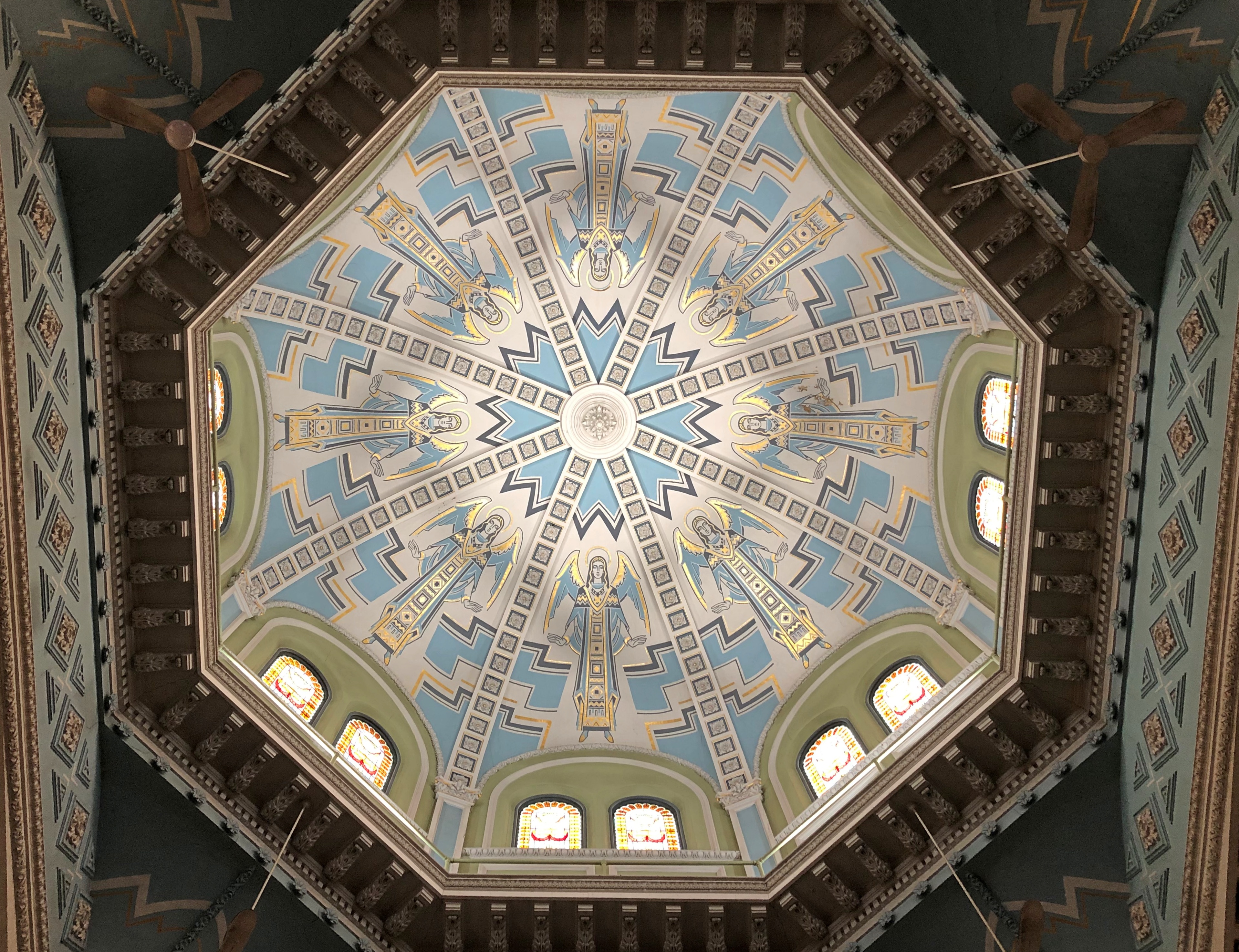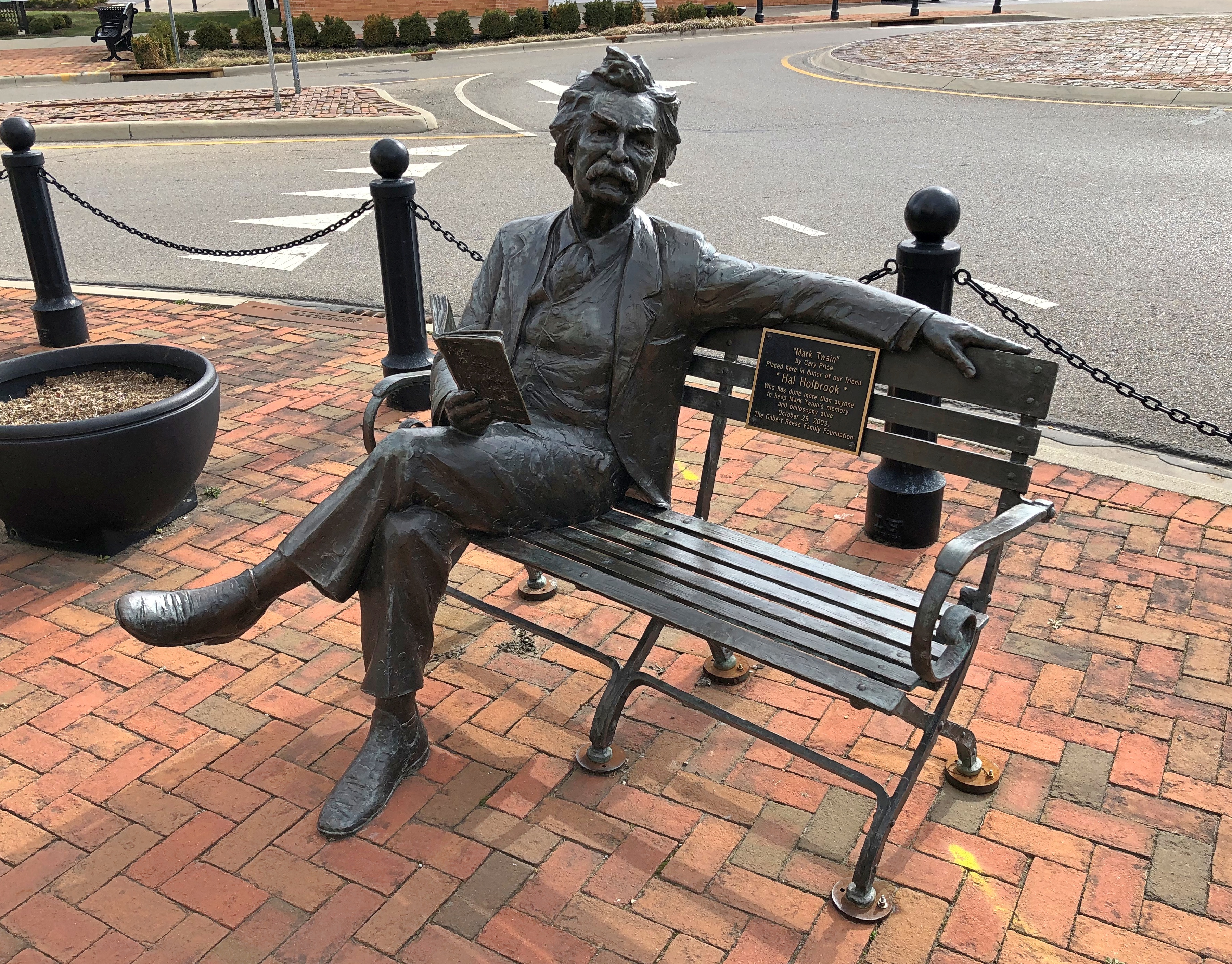When I visited the Wisconsin State Capitol in Madison in late July, I didn’t see this building.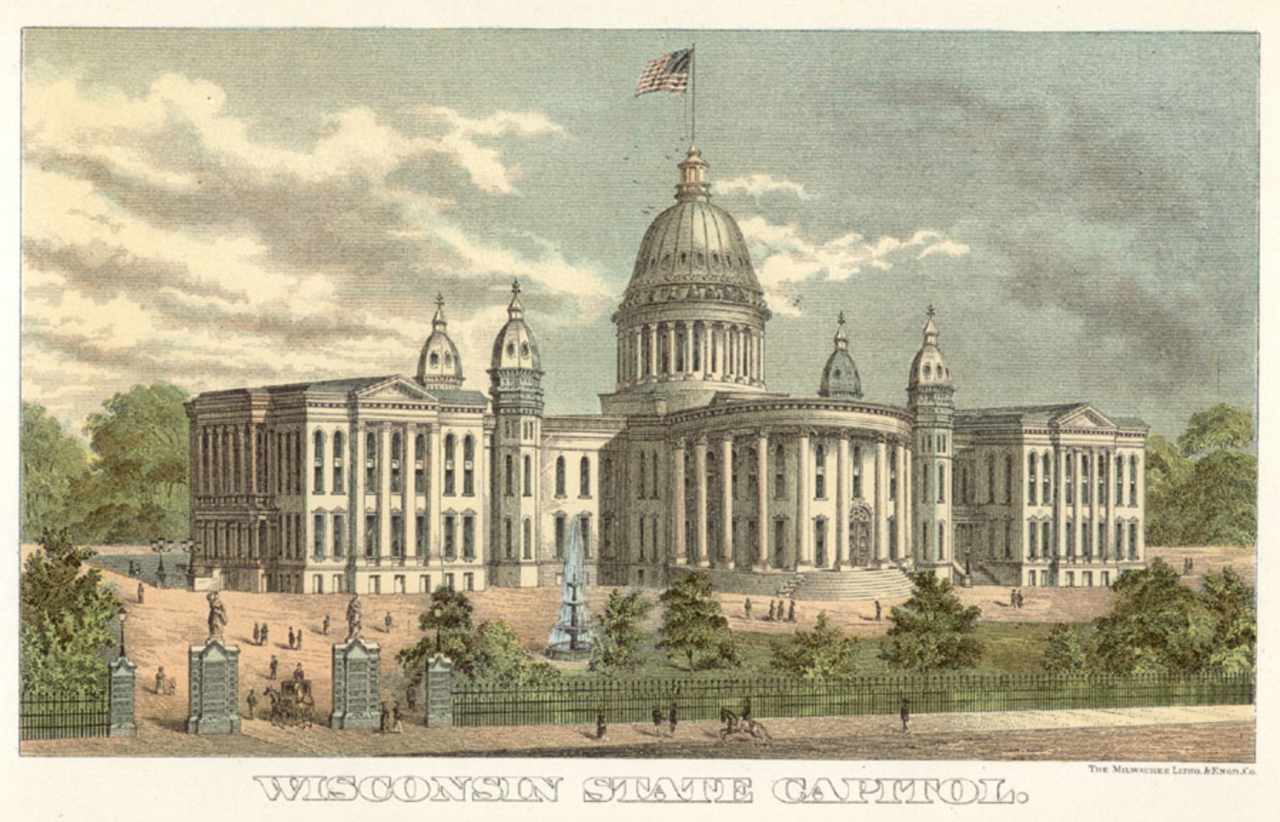
Rather, I saw this one, late in the afternoon of the first day of my drive.
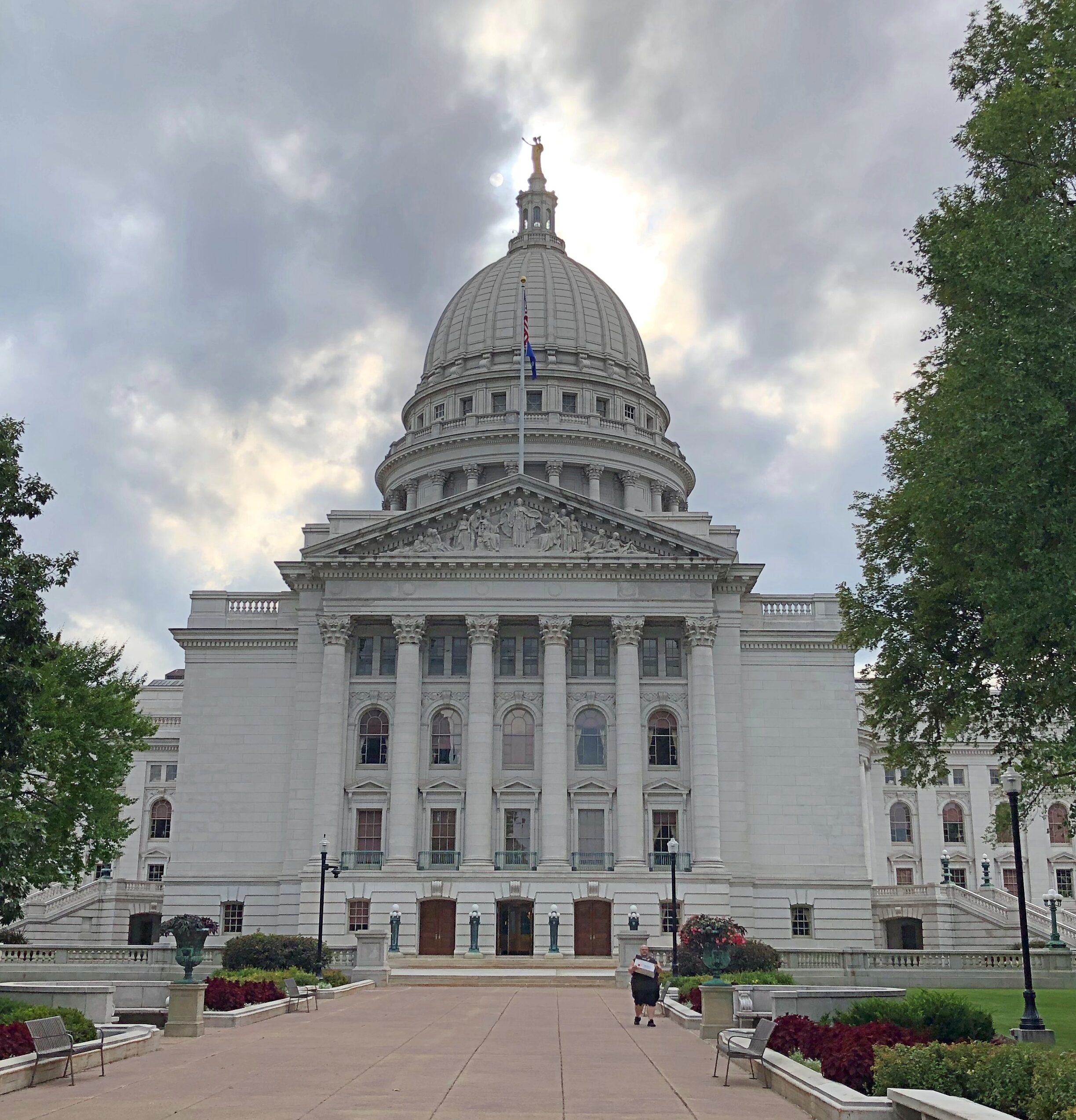
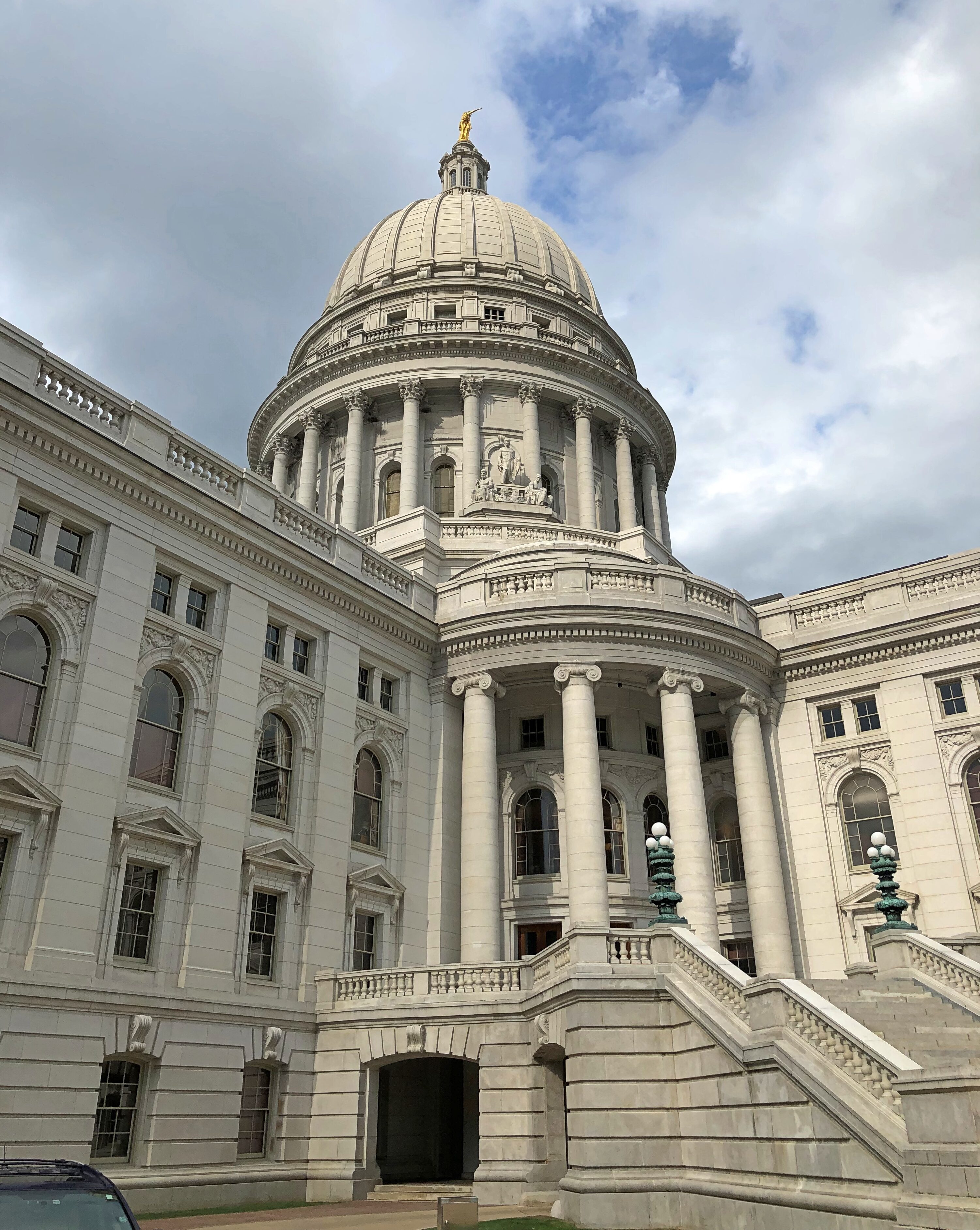
The beaux-arts capitol is actually Wisconsin’s fourth, replacing the one pictured in the postcard, which burned down in early 1904. The state tasked George B. Post to design a new structure, which took a while to complete, finally being finished in 1917. Post was known for late 19th-century mansions – paid for by robber barons who wanted to show off – but he also did other elaborate buildings, such as the New York Stock Exchange.
The gilded bronze on the top of the dome is yet another Daniel Chester French work, “Wisconsin.” French was a prolific fellow.
Like the Tiffany Bridge, this wasn’t my first visit to the capitol. That would have been sometime in the late 1980s. Wisconsin is, however, one of the few capitols, along with Texas and Illinois, that I’ve visited more than once.
So this visit didn’t change my vanity map of capitols, but I thought I’d update it anyway (green for interior visits, orange-pink for exteriors only, Hawaii gold because I don’t remember, but I might have seen it).
Lilly and I spent some time in the Wisconsin capitol during a December 2016 visit to Madison. It was cold that day, naturally, and visiting was a relief from the chilly air. This time the building interior was a relief because the day was hot and sticky. Besides, who doesn’t enjoy a view inside the dome?
The interior is as resplendent as the exterior. Badgers were in a few prominent places.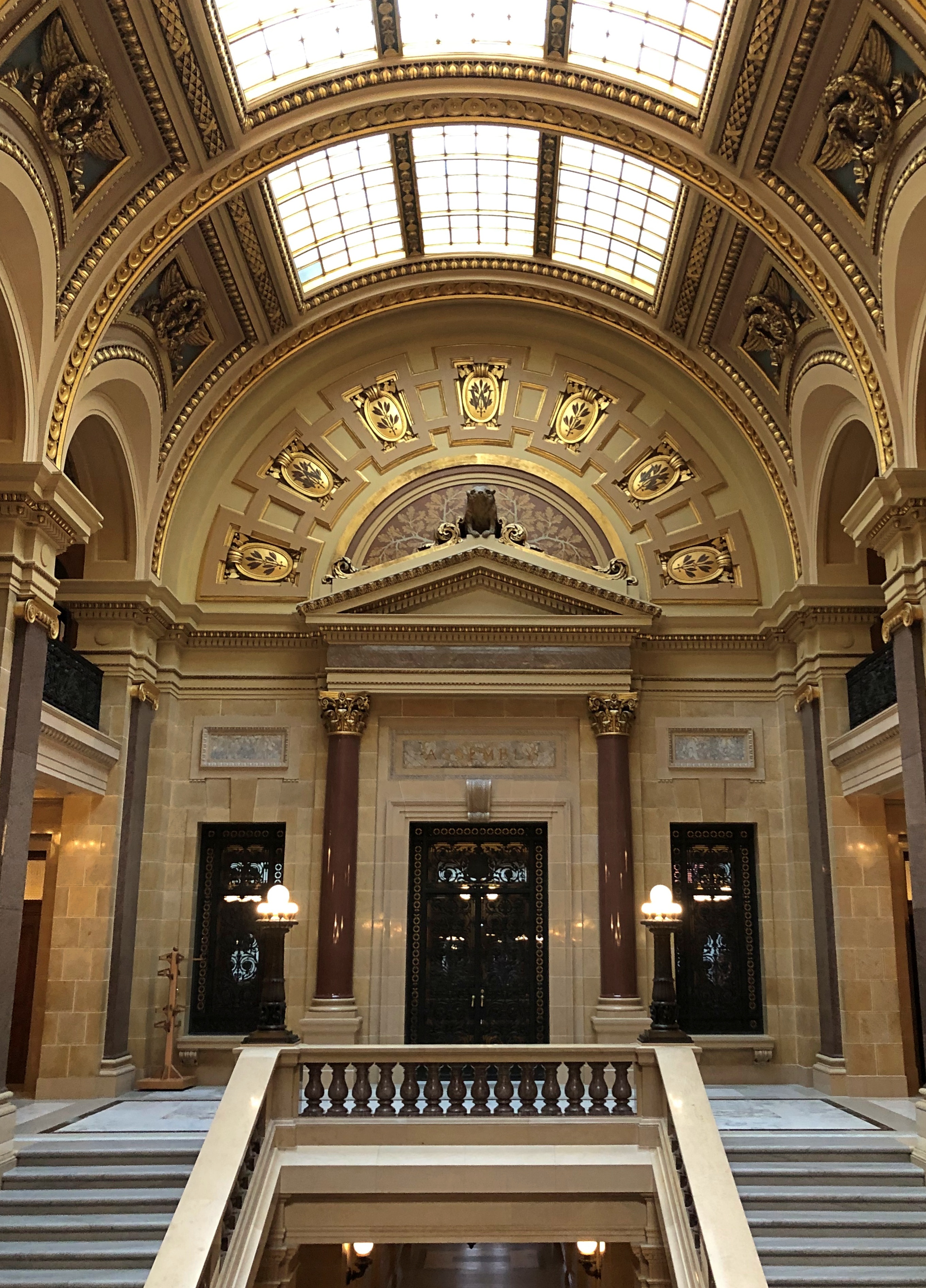
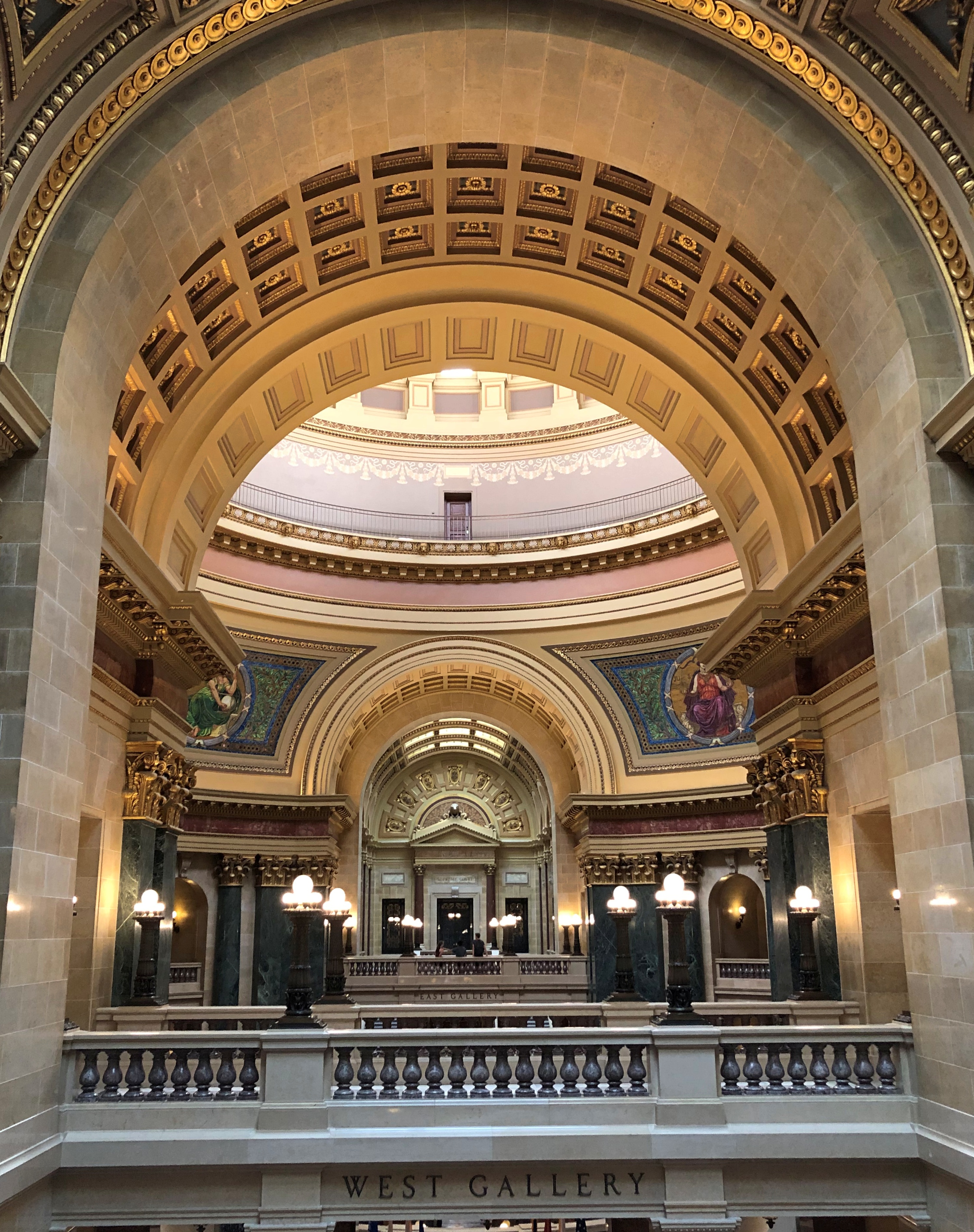

Those paintings are allegories. Liberty in this case, but also Justice, Government and Legislation, on the other three corners.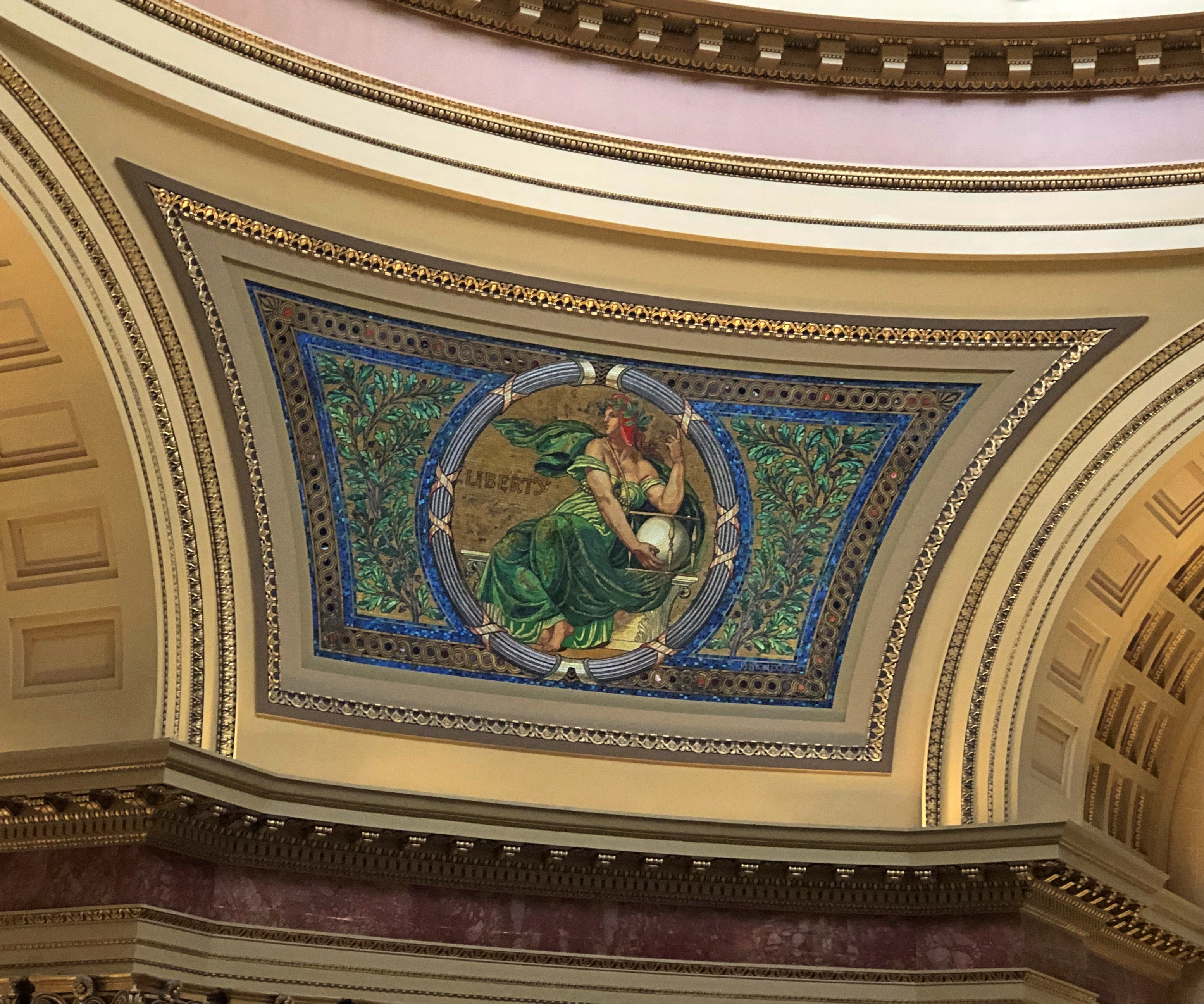
This capitol doesn’t feature a lot of statuary, unlike some, but there is a bust of Robert M. La Follette, no doubt considered a Wisconsinite among Wisconsinites.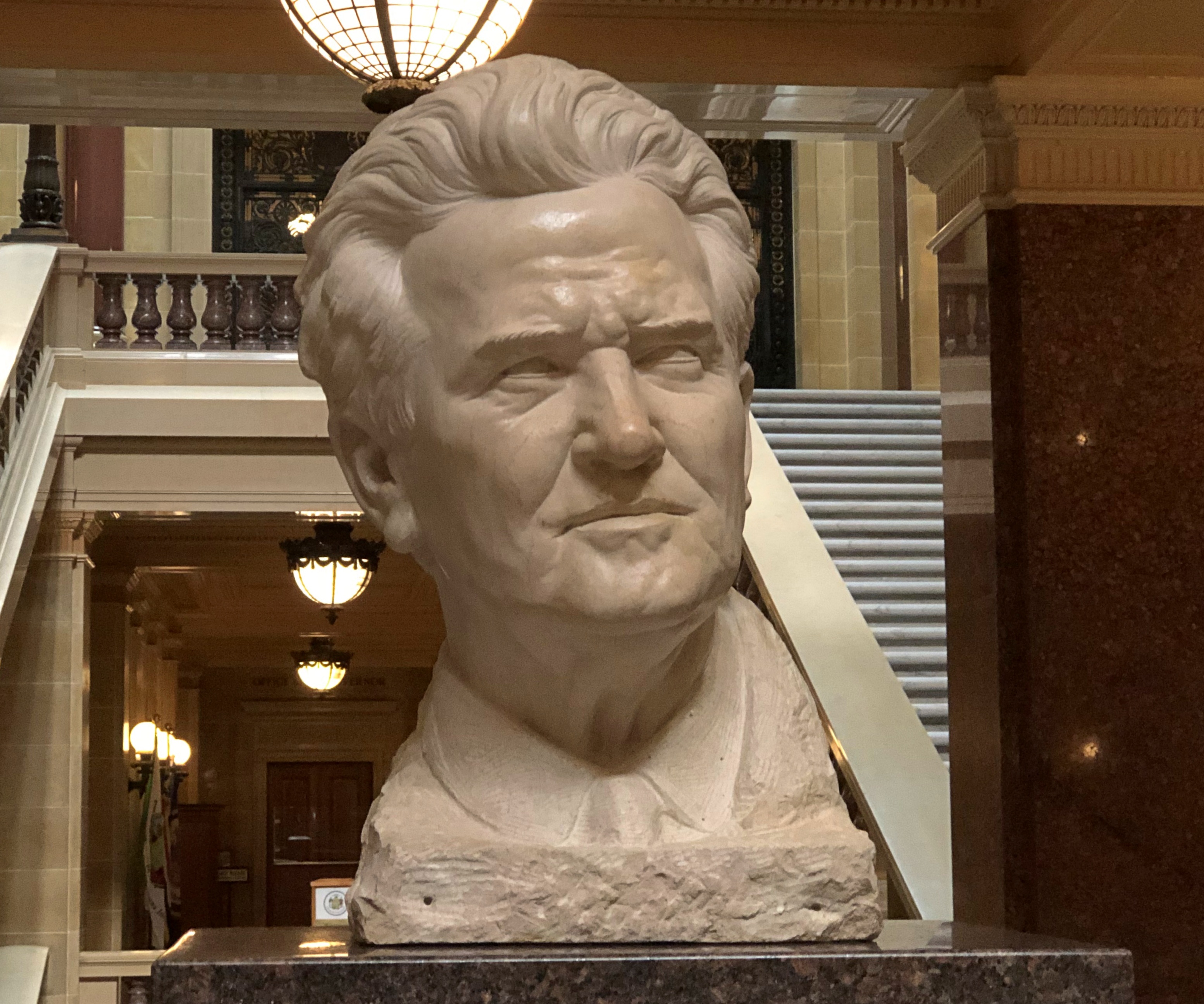
I like these pics of him, lifted from Wikipedia. Fighting Bob all right.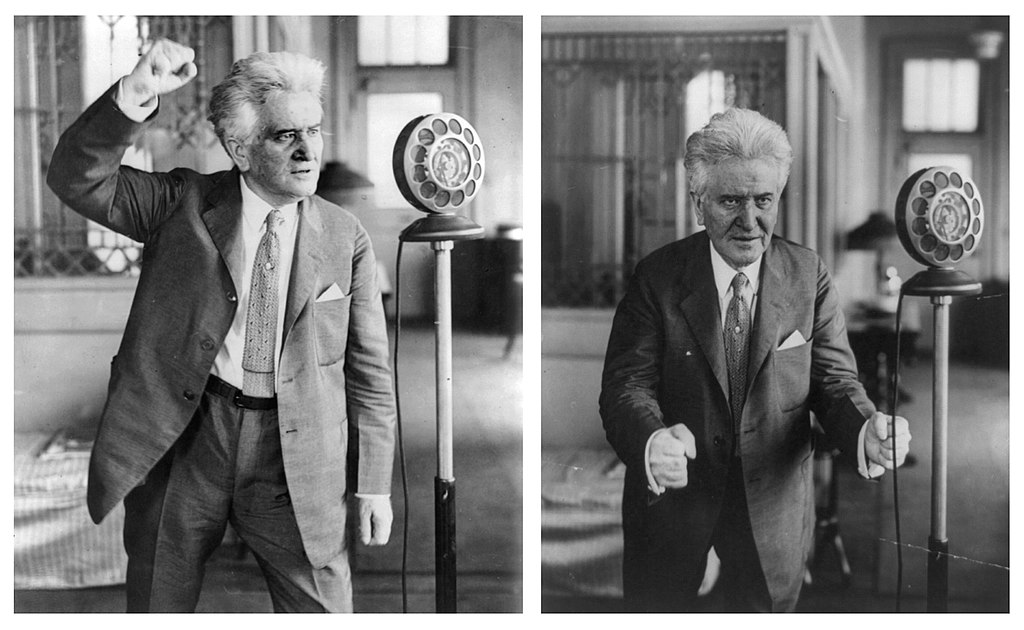
The Assembly chamber was closed, but I could still see Old Abe through the window. He looks down on the legislators, presumably reminding them to do their duty.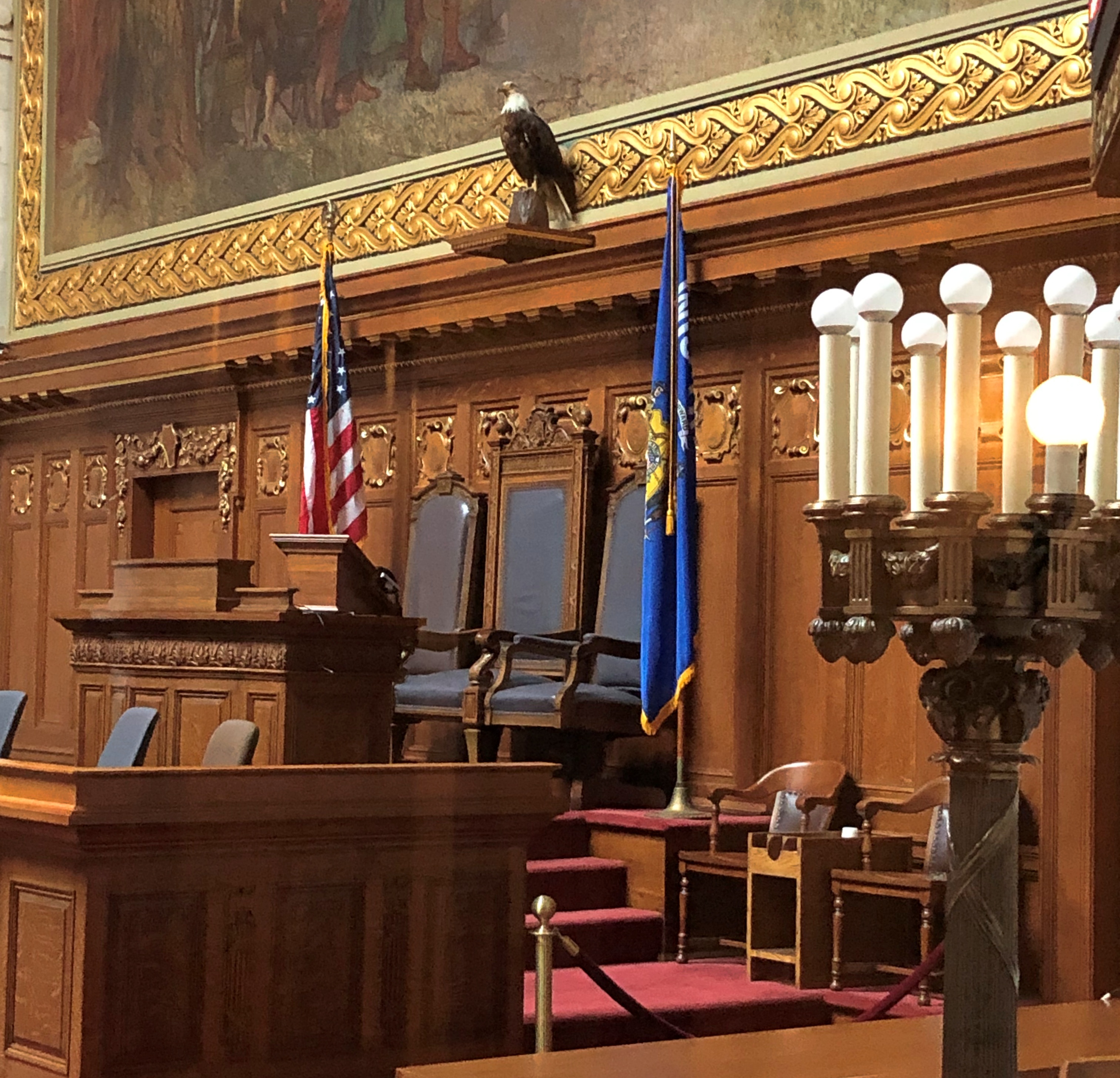
I’ve seen Old Abe depicted before: on a tractor and a memorial at Vicksburg. Another Wisconsinite among Wisconsinites: He was the mascot of the 8th Wisconsin Volunteer Infantry Regiment from 1861 to ’64.
“The regiment procured a large, shield-shaped mount and perch to carry the eagle,” says Atlas Obscura. “Old Abe witnessed all of the regiment’s battles. He was taken into combat with the regimental colors… Old Abe participated in 37 battles and skirmishes. The regiment mustered out of service in 1864. On September 26, 1864, his army comrades returned Old Abe to Wisconsin and gifted him to the people of the state.”
When the bird died in 1881, he was stuffed and put on display at the capitol – the one that burned down in 1904, reducing Old Abe to ashes. The one you can see now is another stuffed eagle, doing homage to the mascot. I didn’t remember seeing him on previous visits, but now I have. Huzzah for Old Abe.

